
# Experiencia
Regulaciones europeas sobre averías
¡MANTENTE A SALVO EN UNA AVERÍA!
En caso de avería, es importante tomar las siguientes medidas:
- Detente en el carril de emergencia (arcén) y enciende las luces de emergencia.
Ponte el chaleco de seguridad reflectante.
Coloca el triángulo de emergencia a 30 metros (100 metros en autopista) detrás del vehículo
Colócate tras el guardarraíl y avisa a la policía o a los servicios de asistencia.
En algunos países existen regulaciones locales sobre averías que se detallan a continuación. Por esa razón hemos recopilado el listado completo que encontrarás abajo para saber qué hacer en cada país.
Continental te desea un viaje seguro.
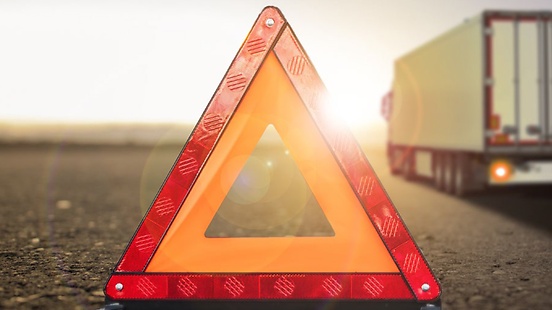
Recopilación de teléfonos de emergencia
Conoce qué debes hacer en caso de avería, ¡sin importar qué país de Europa te encuentres!
Pincha en los países debajo para ver cuáles son los requisitos desde una perspectiva global y a quién contactar en caso de emergencia.
Últimas actualizaciones
Dinamarca (2021/09): Nuevo número de teléfono
España (2021/10): Actualización de las restricciones de equipamiento
Eslovenia (2021/10): Actualización de las restricciones de equipamiento
Teléfonos de emergencia + requisitos legales de cada país:
- Winter tires not mandatory
- Studs not allowed
- Snow chains for drive axle must be carried in the vehicle
- On mountain roads, it is recommended to use winter tires from 1.11.–30.04.
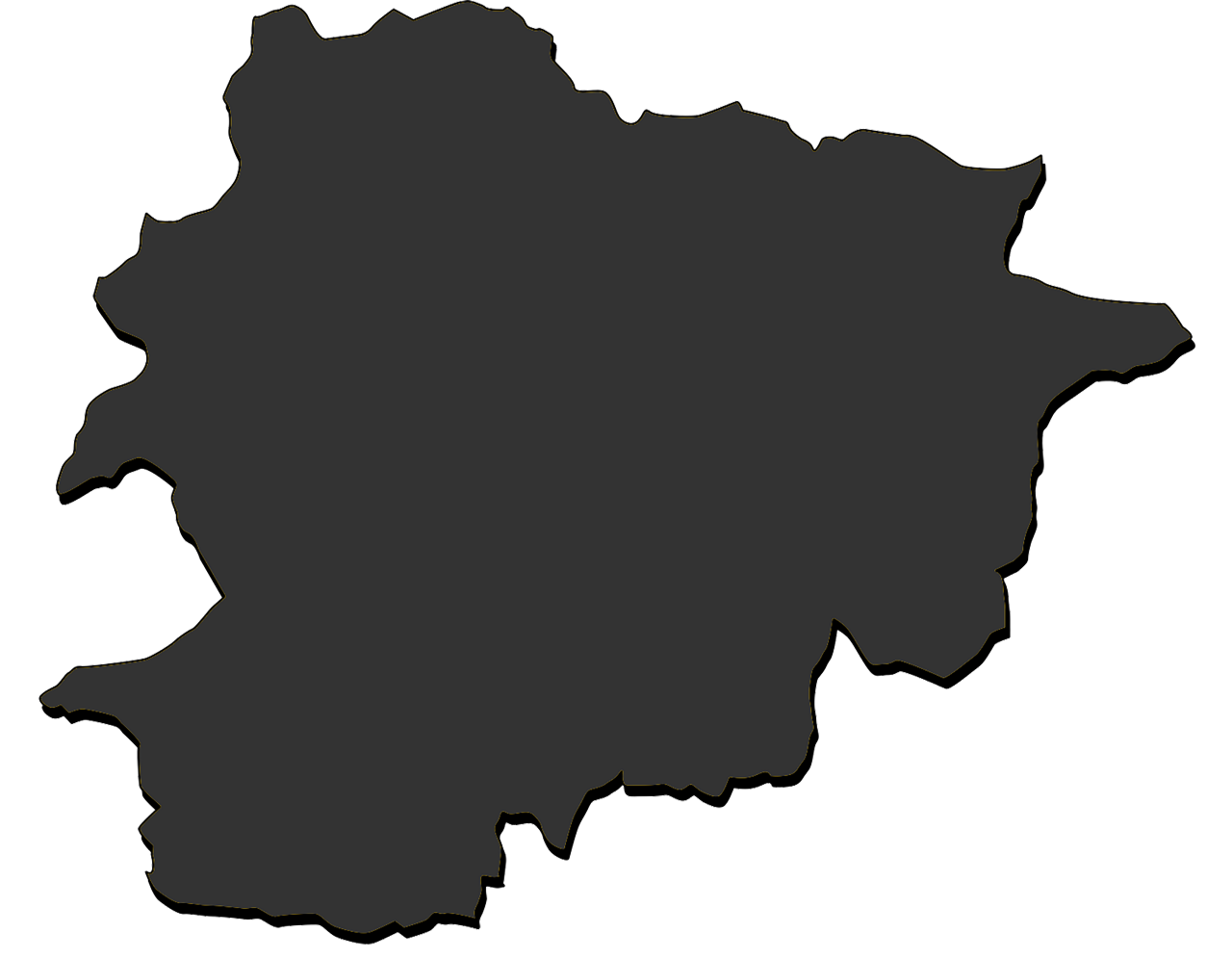
- Winter tires not mandatory
- M+S and Alpine symbol (3PMSF)
- Snow chains, indicated by road signs
- Snow chains must be used if winter condition or signs indicate
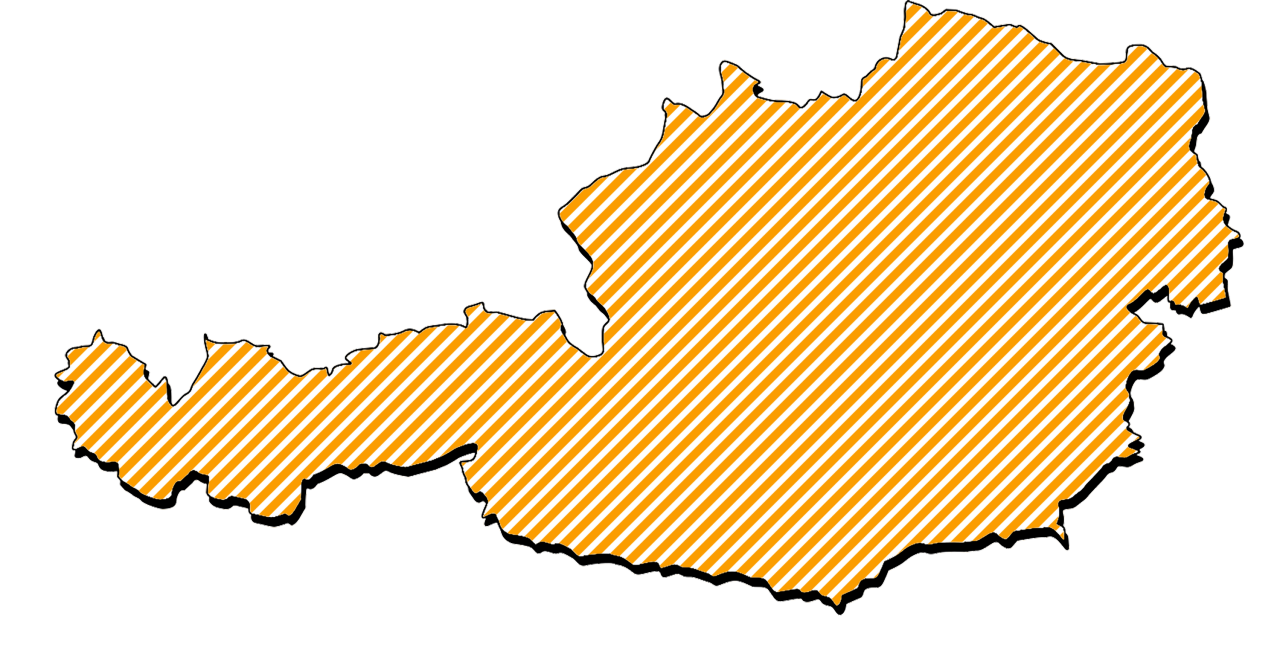
- Situationally depending on wintery road conditions from 1.11. – 15.4.
- Valid up to 3,5 tons vehicle weight
- M+S marking
- Min. tread depth: 4,0 mm
- If summertires are fitted chains for one driven axle are mandatory
- Studded tires are allowed from 1.11. - 15.4.
- If studded tires are fitted they are mandatory for all axles (incl. trailer)
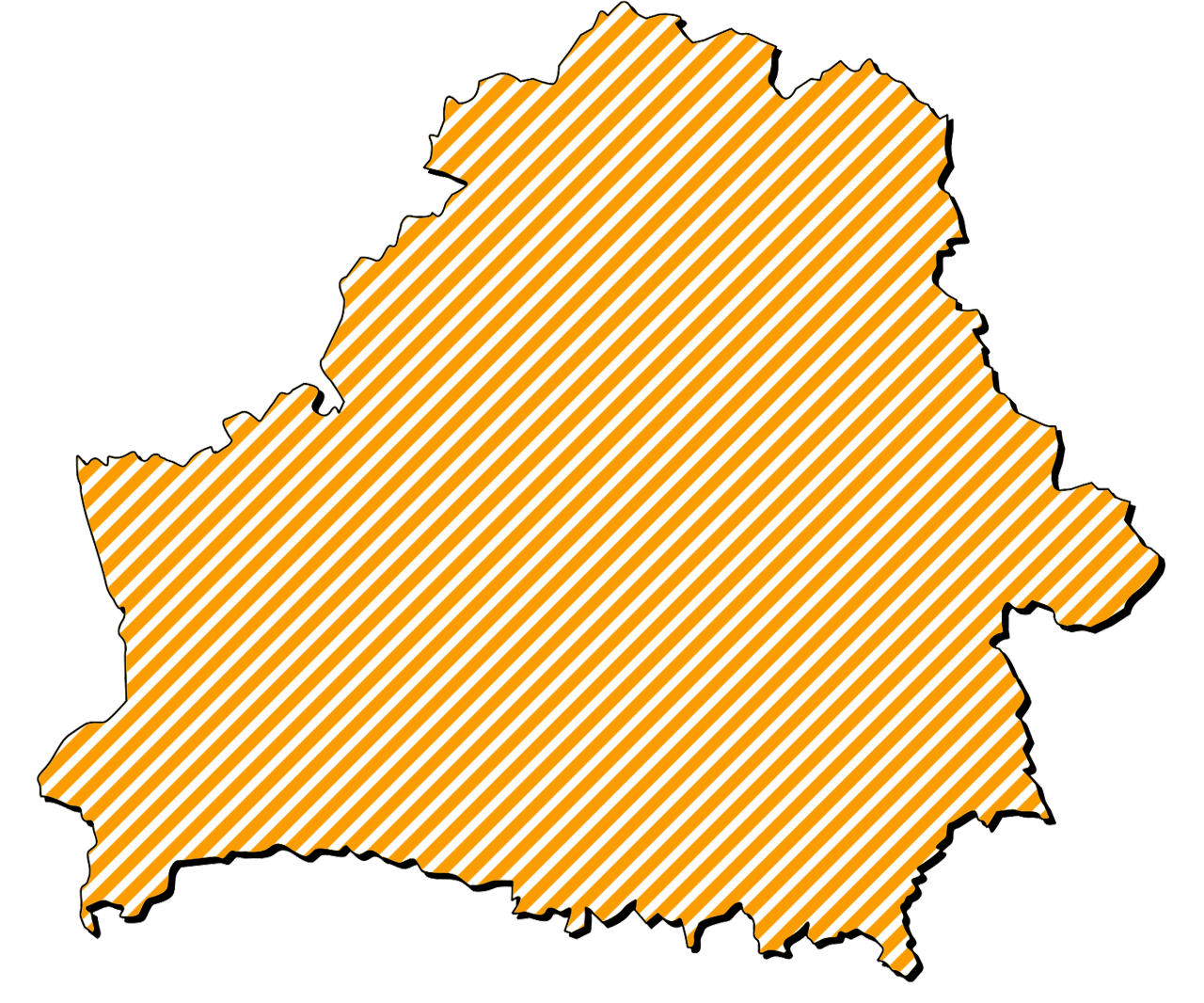
- Winter tires mandatory from 1.12. - 1.3.
- Valid up to 3,5 t vehicles
- Min. tread depth 4,0 mm
- Winter tires have to be mounted on all 4 axles
- Studded tires can be used as all other winter tires
- M+S marking
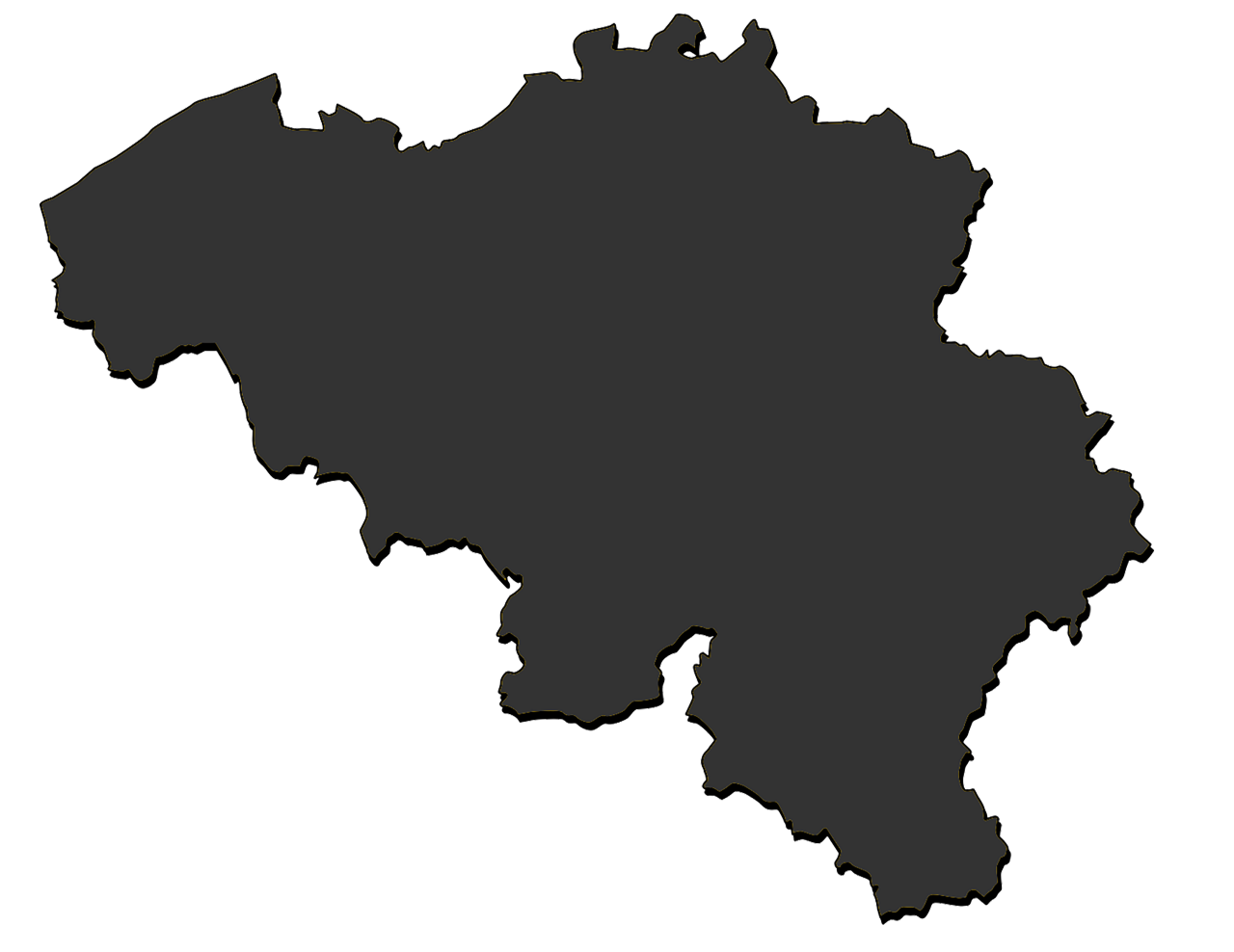
- Winter tires not mandatory
- M+S tires with lower speed index accepted from 1st October to 30st April (labeling the max speed in the dashboard mandatory)
- M+S marked tires with same/higher speed index accepted all the year round
- Alpine symbol (3PMSF) tires with smaller speed index accepted all the year round (labeling the max speed in the dashboard mandatory)
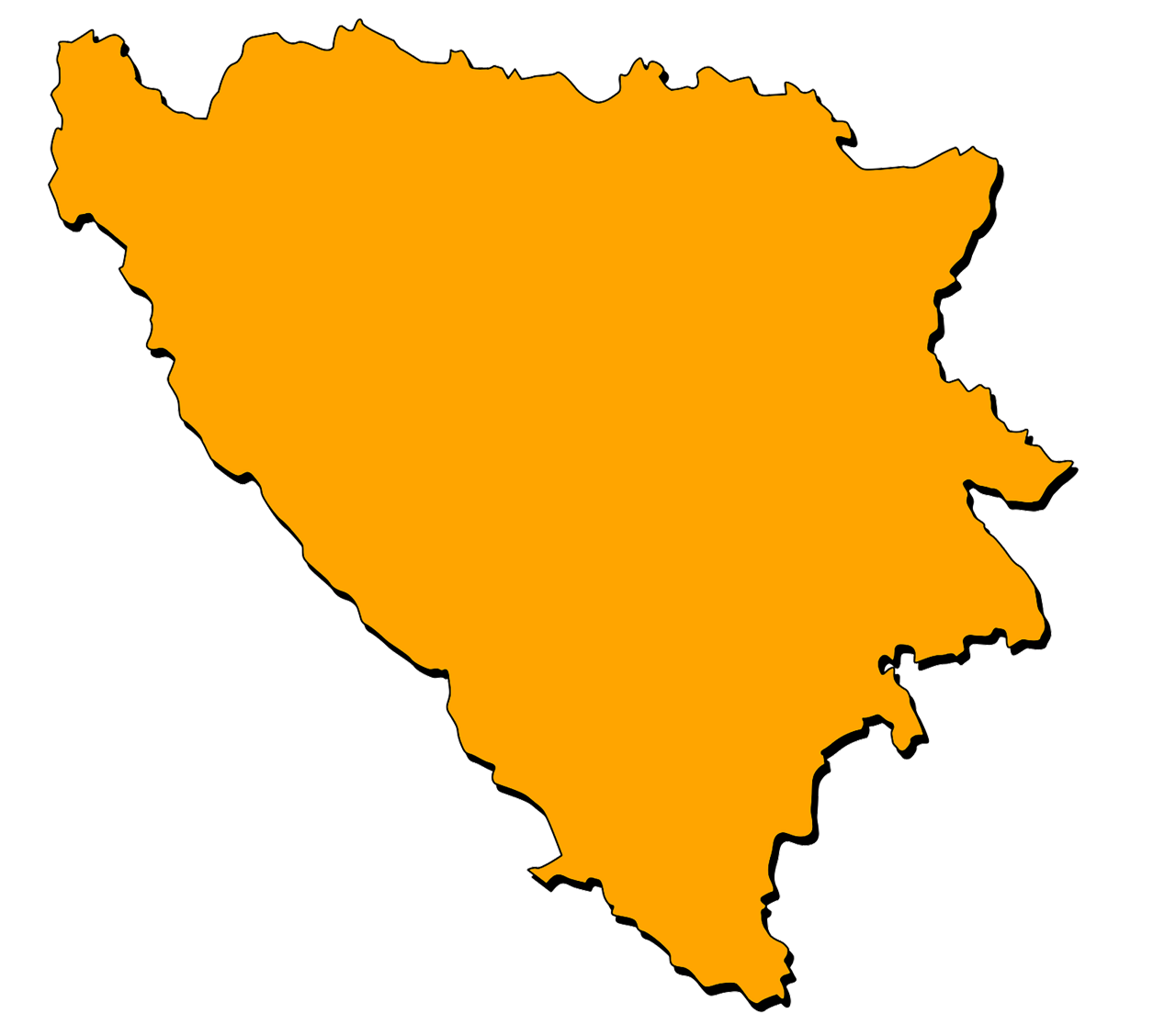
- Winter tires mandatory from 15.11.-15.04.
- Valid up to 3,5 tons vehicle weight and not more than 8 seats
- M+S marking
- Min. tread depth 4,0 mm
- Studs are not allowed
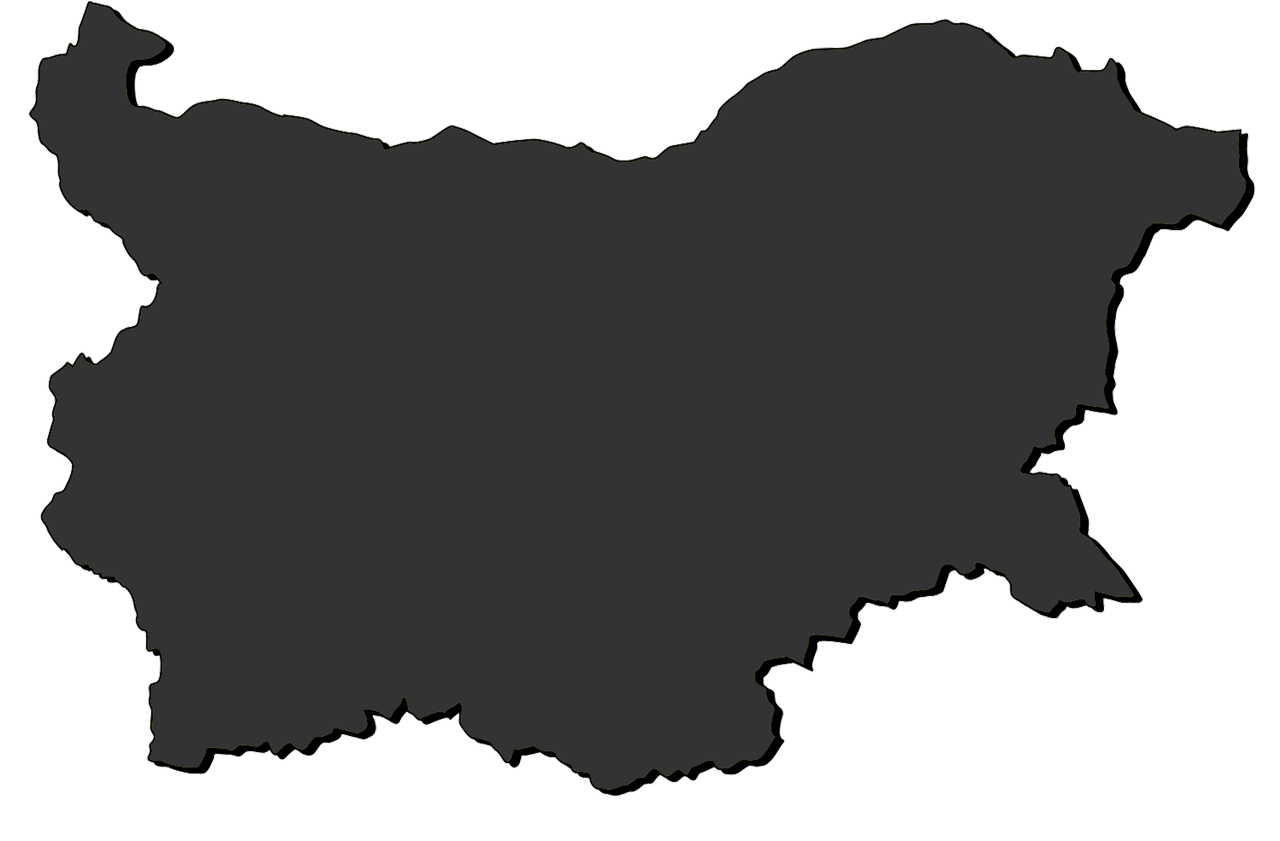
- Winter tires not mandatory
- Studs not allowed
- Min. tread depth 4,0 mm mandatory from 01.11. - 31.3.
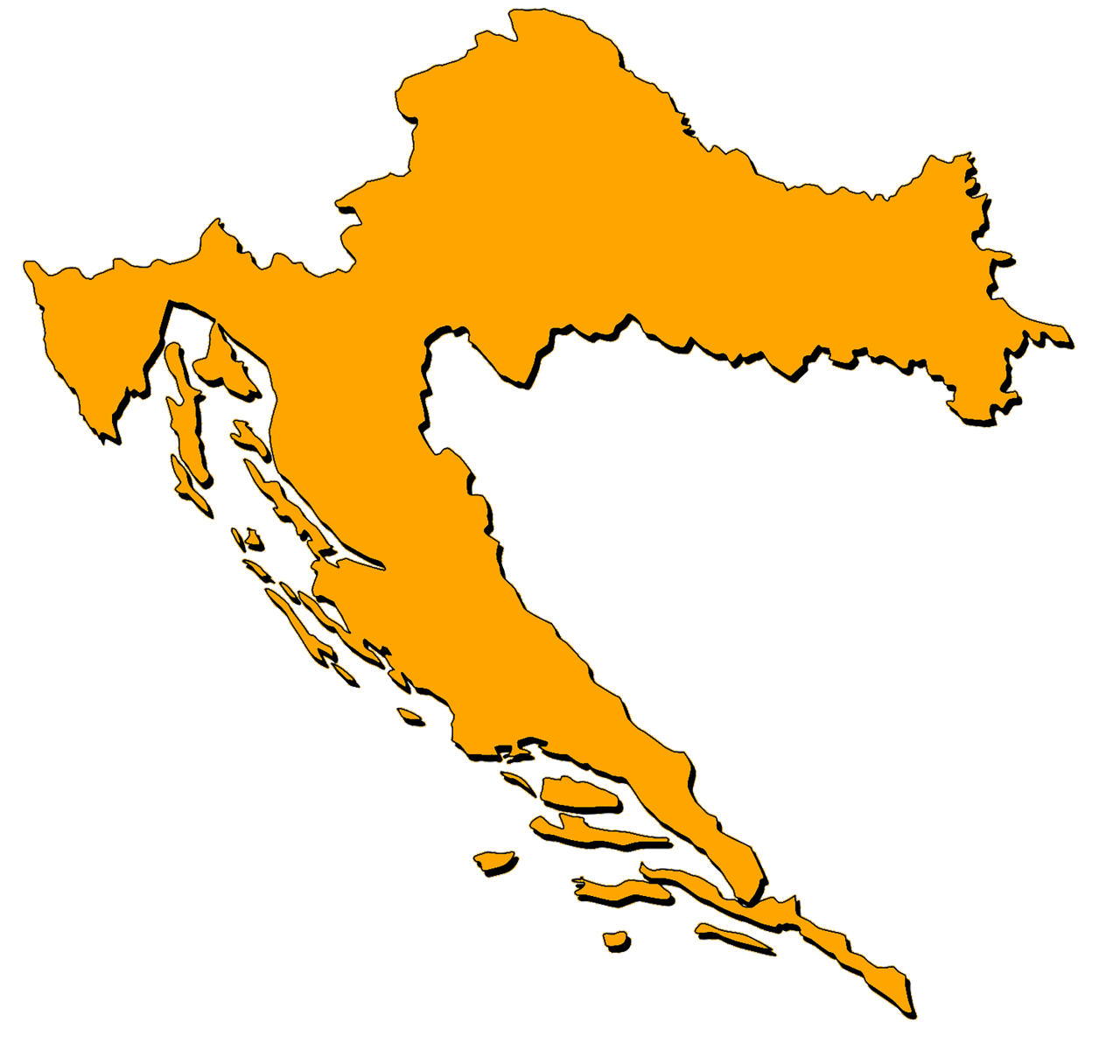
- Winter tires mandatory
- From 15.11. - 15.4.
- Up to 3,5 tons
- M+S marking
- Min. tread depth 4,0 mm
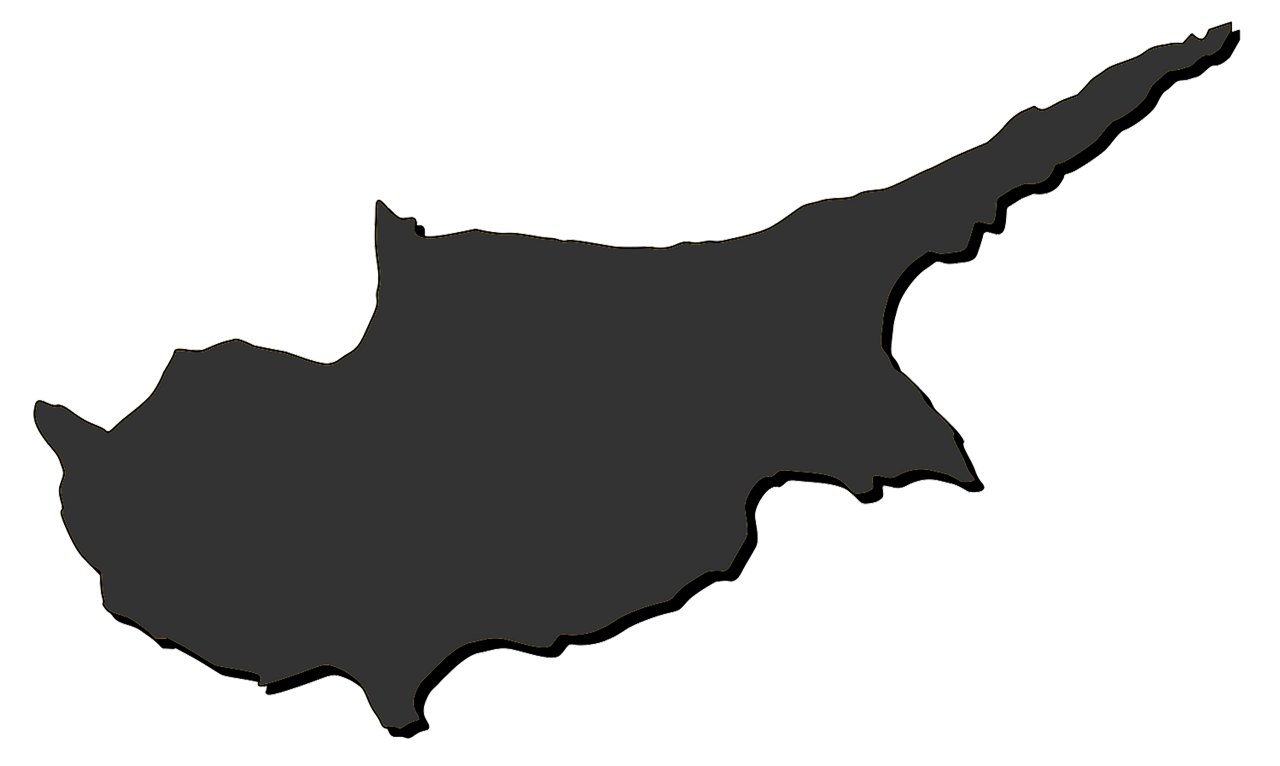
- Winter tires not mandatory
- Valid up to 3,5 tons vehicle weight
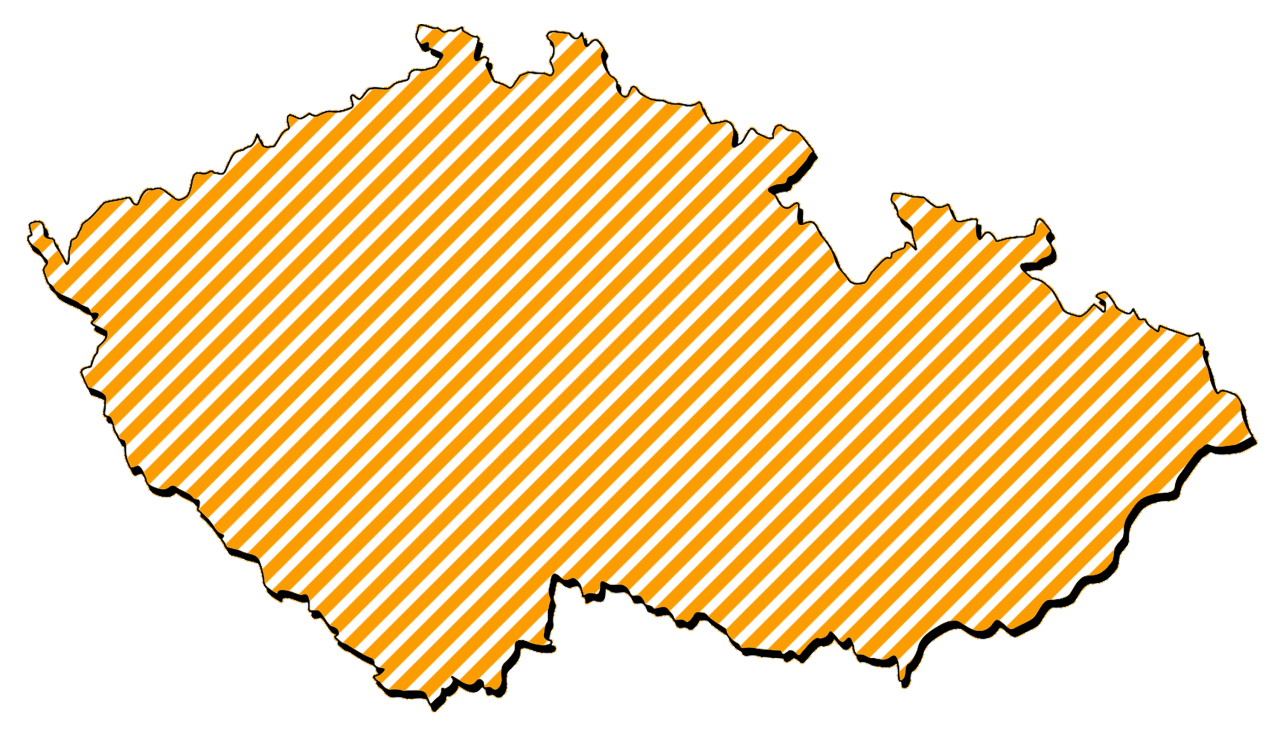
- Situationally depending on winterly road conditions from 1.11. - 31.3.
- M+S marking
- Min. tread depth 4,0 mm
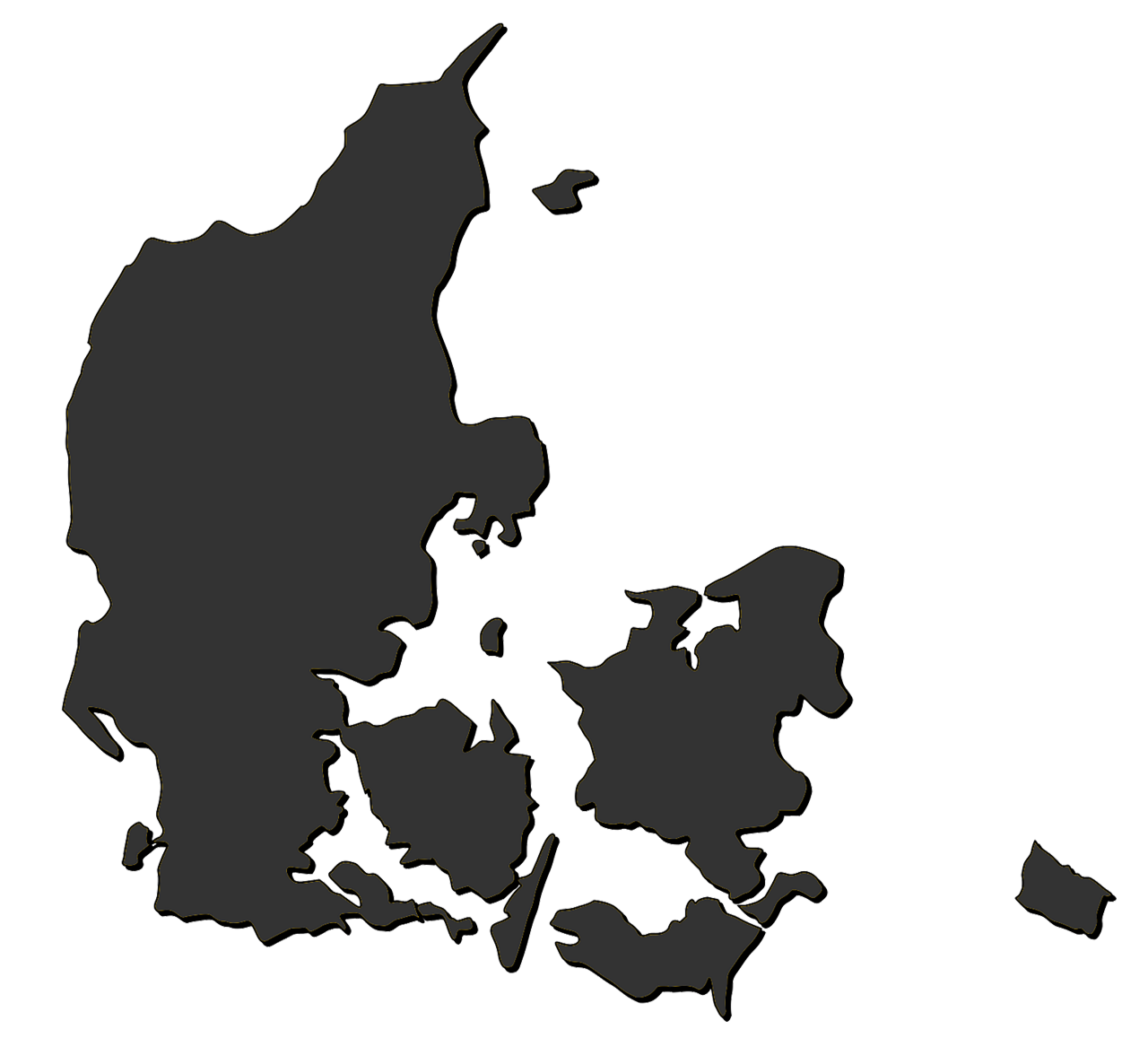
- Winter tires not mandatory
- Studded tires allowed from 1.11. - 15.4.
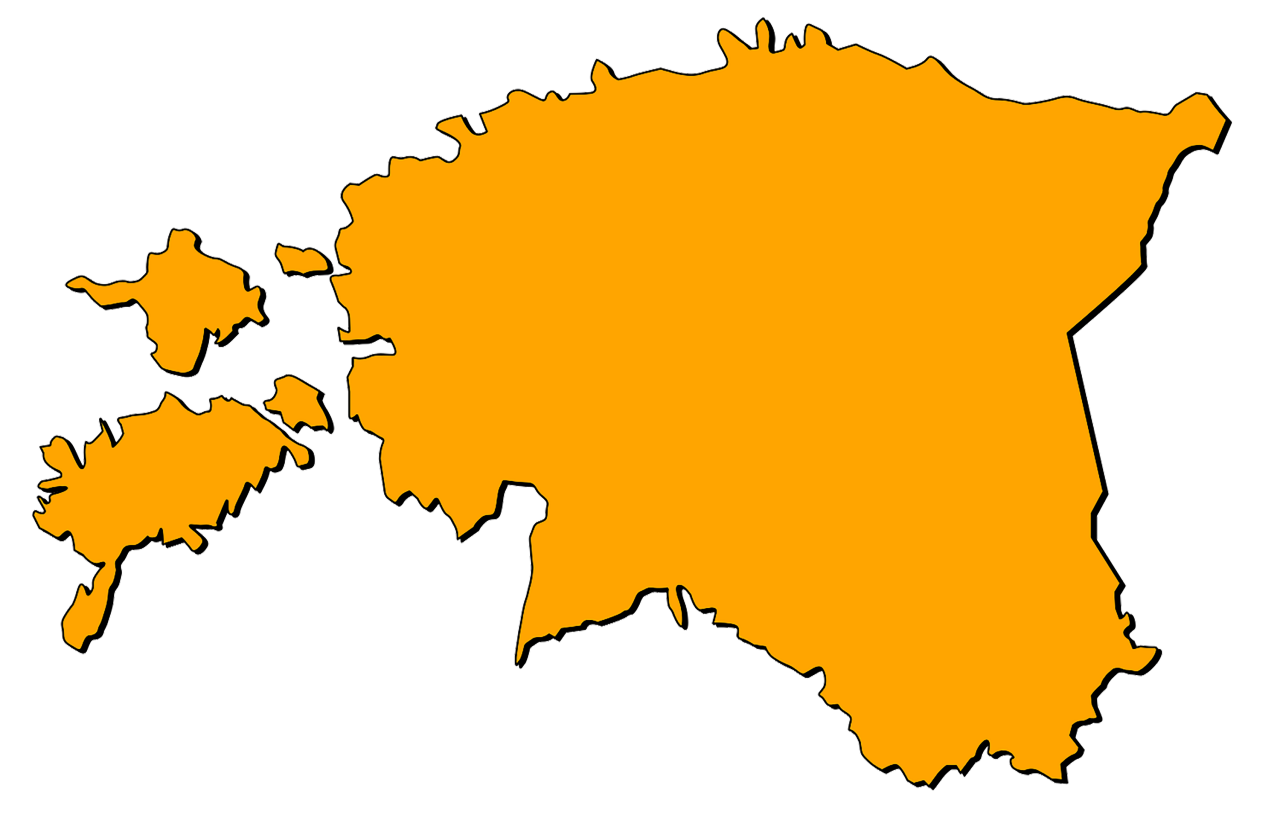
- Mandatory to use winter tires 1.12. – 1.3.
- M+S marking
- Min. tread depth 3,0 mm
- Studded tires can be used from 15.10. - 31.03.
- From 01.12.2022 Alpine symbol (3PMSF) required for studded tires (exception POR tires)
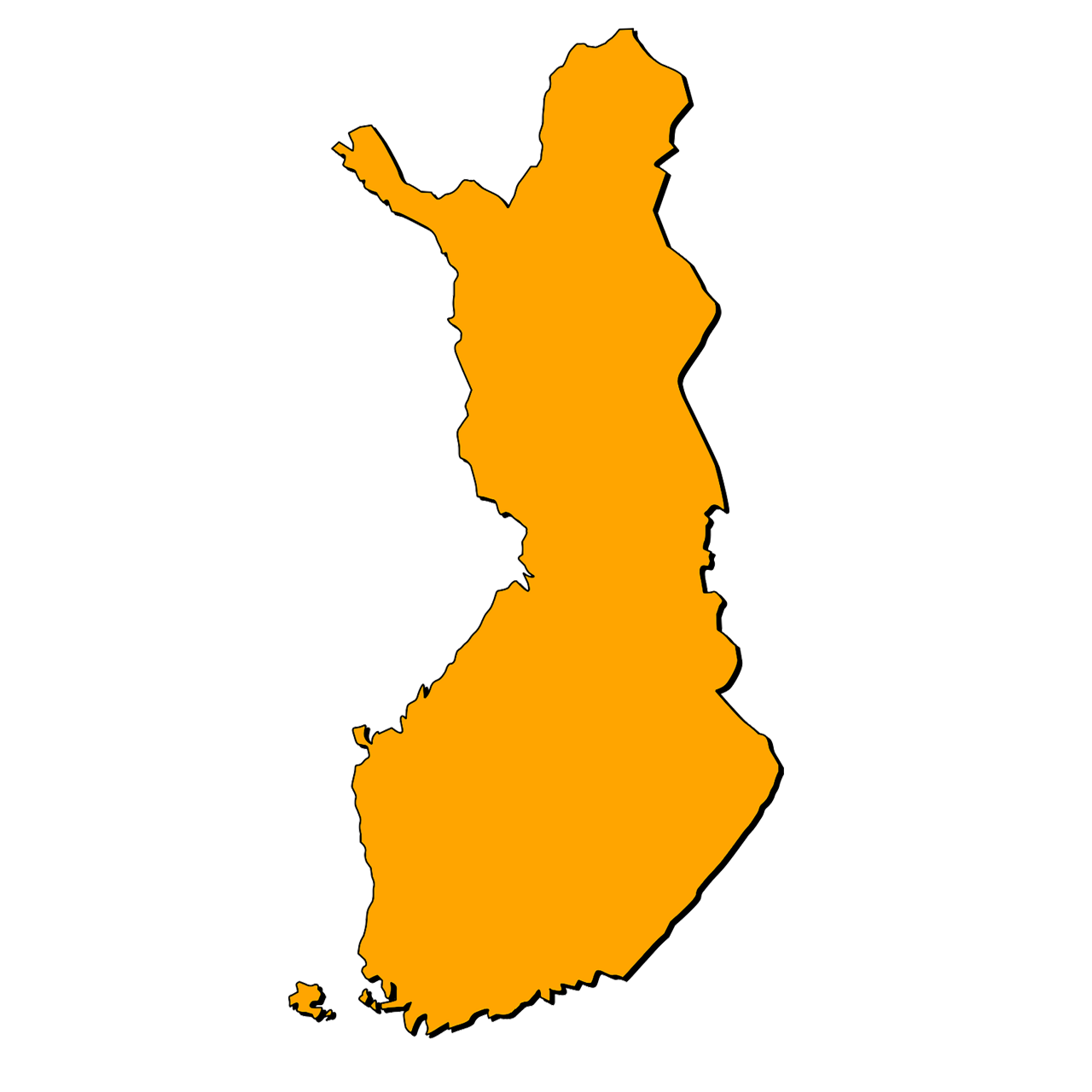
- Mandatory to use winter tires 1.11. - 31.03., if road conditions require it
- Min. tread depth 3,0 mm
- Studded tires can be used from 1.11. - 31.03. or first Monday after Easter, outside this time can be used if "winter" conditions
- Valid up to 3,5 t vehicle weight
- M+S marking
- Tires with M + S marking can still be used until November 30th, 2024. Thereafter, only tires with the Alpine symbol (3PMSF) or studded tires are considered winter tires
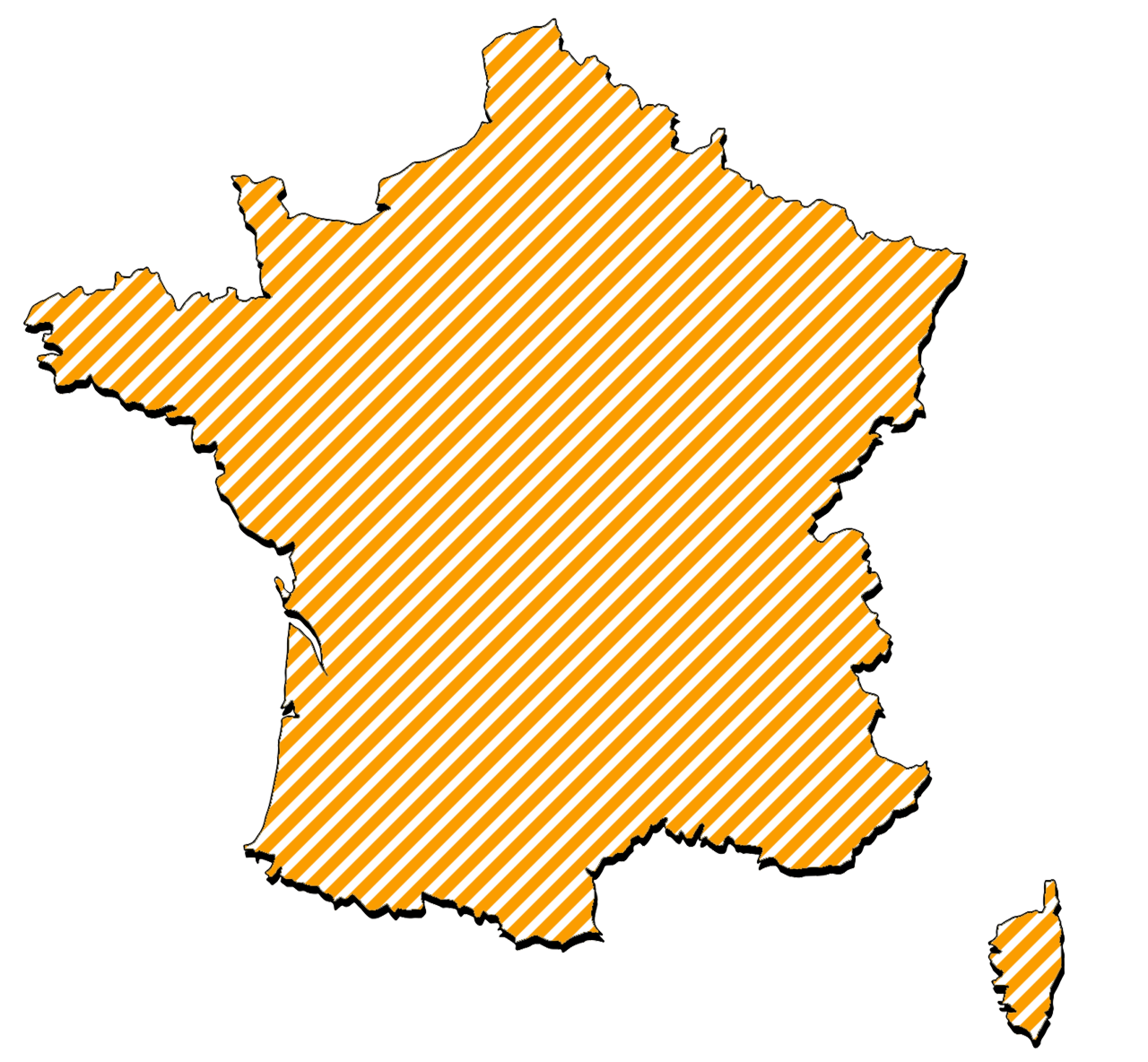
- Based on a decision of the prefect, vehicle must use winter equipment (winter tires and/or snow chains) in the period from 1.11. to 31.03.
- Winter tires shall be marked with Alpine symbol (M+S marked tires are allowed until 1.11.2024)
- Snow chains, indicated by road signs
- Snow chains must be used if winter condition or signs indicate
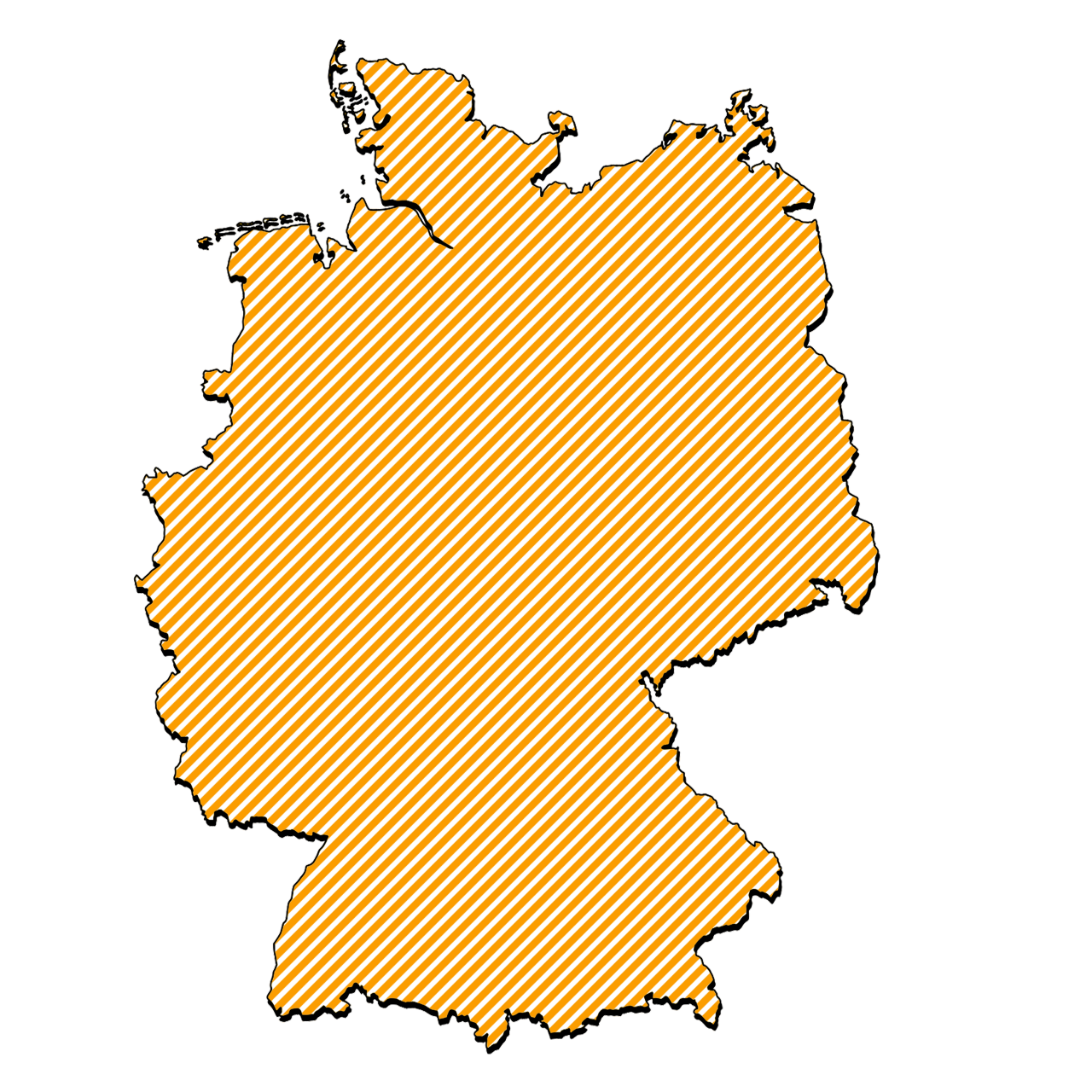
- Depending on winter weather conditions
- Situational winter tires are mandatory
- Valid up to 3,5 tons vehicle weight
- M+S marking
- Min. tread depth 1,6mm
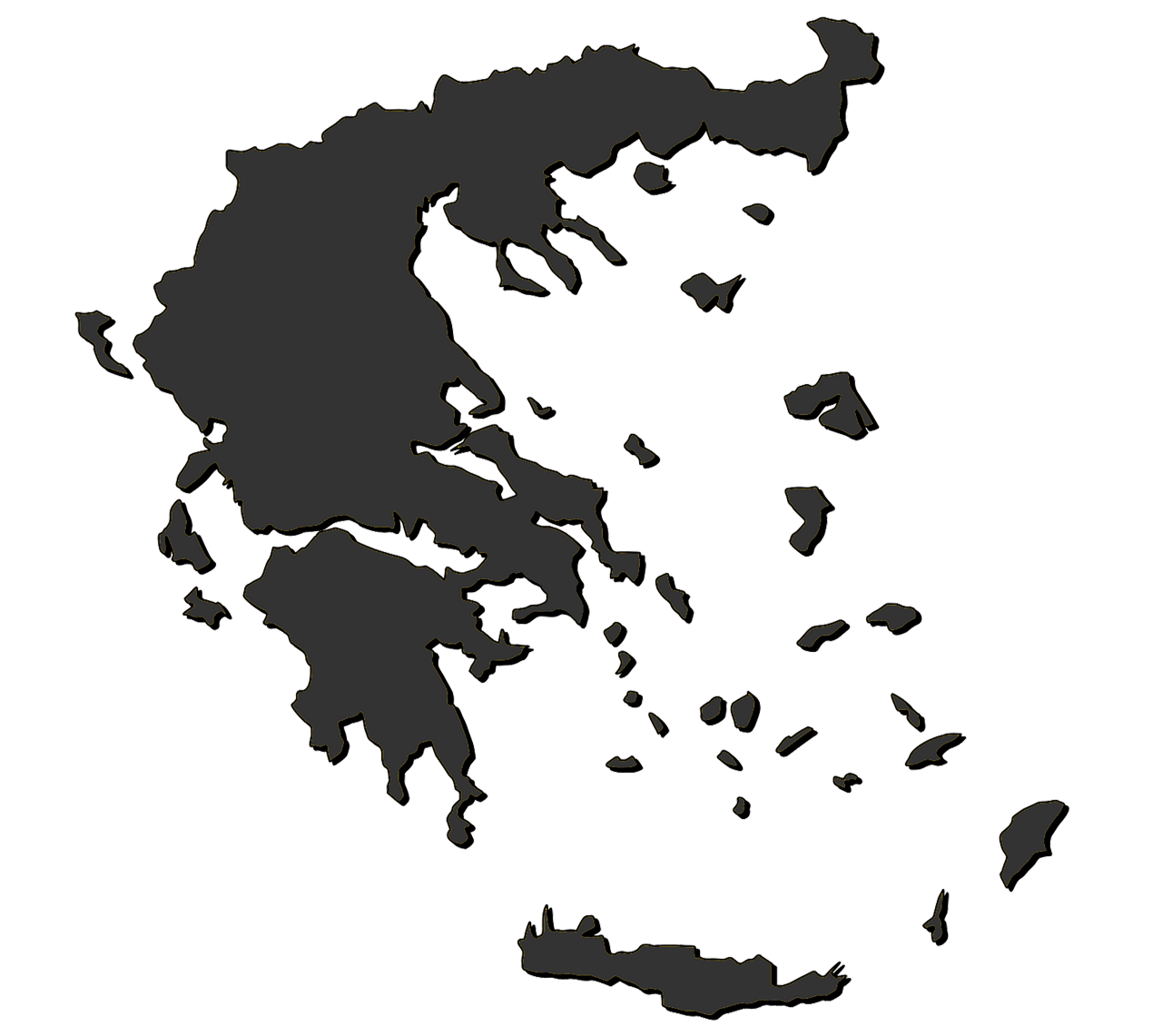
- Winter tires not mandatory
- Valid up to 3,5 tons
- Snow chains allowed, max. speed limit 50 km/h
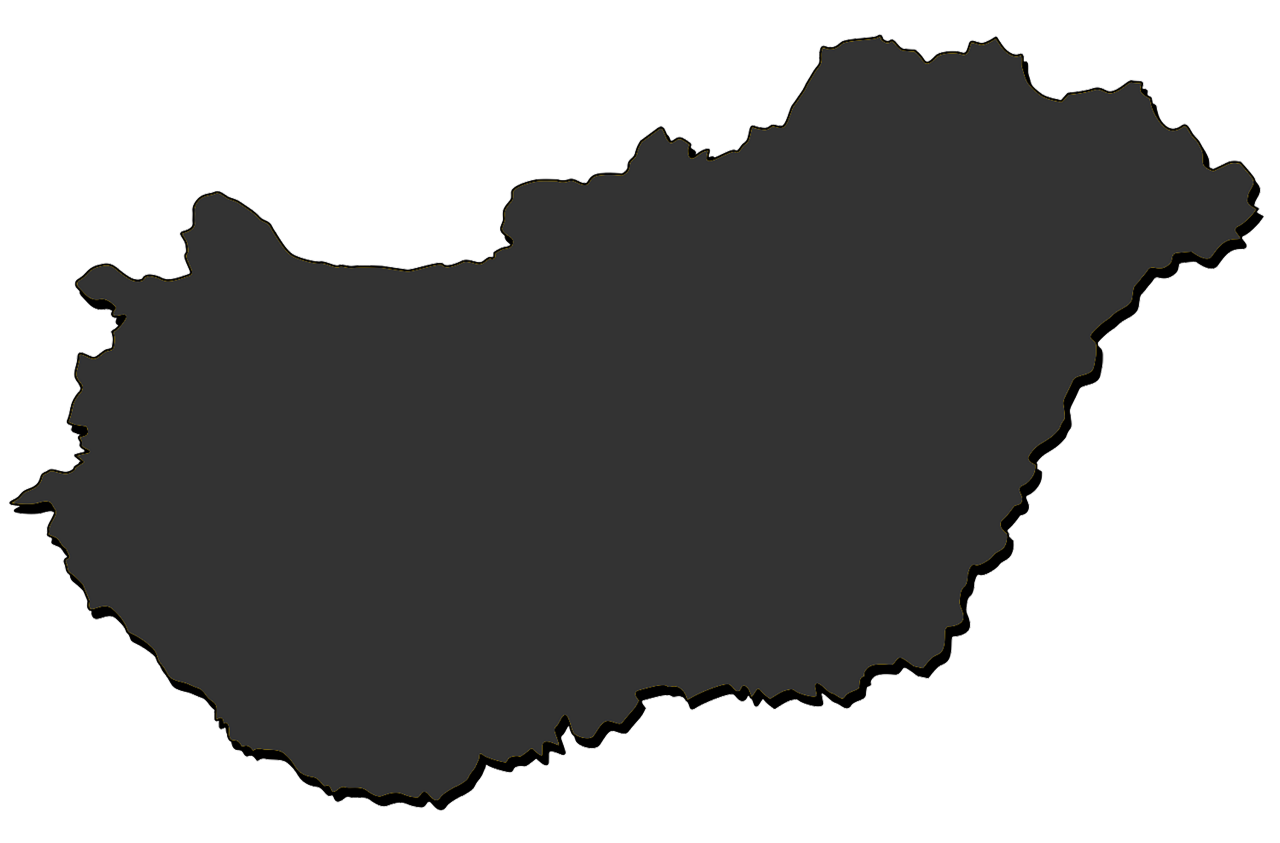
- Winter tires not mandatory
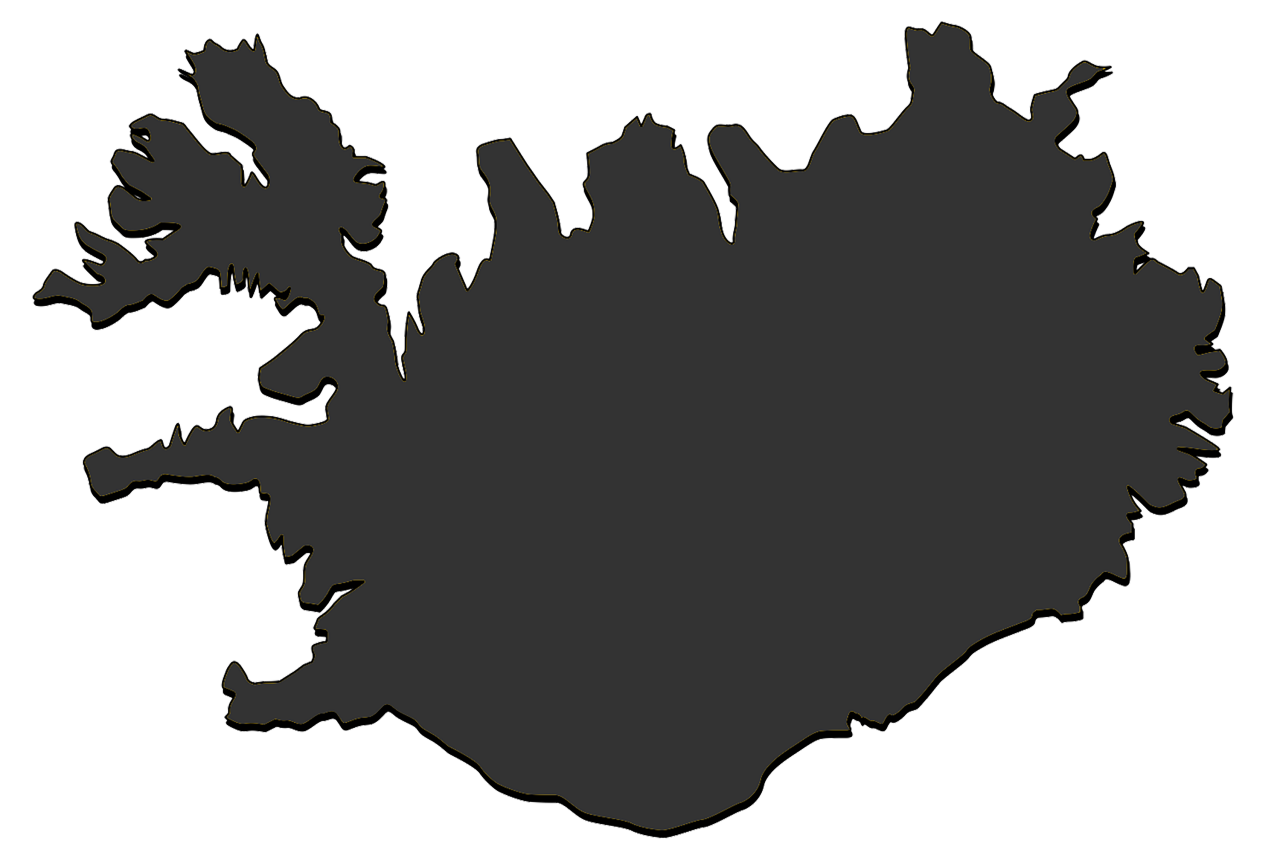
- Winter tires not mandatory
- Min. tread depth 1,6 mm
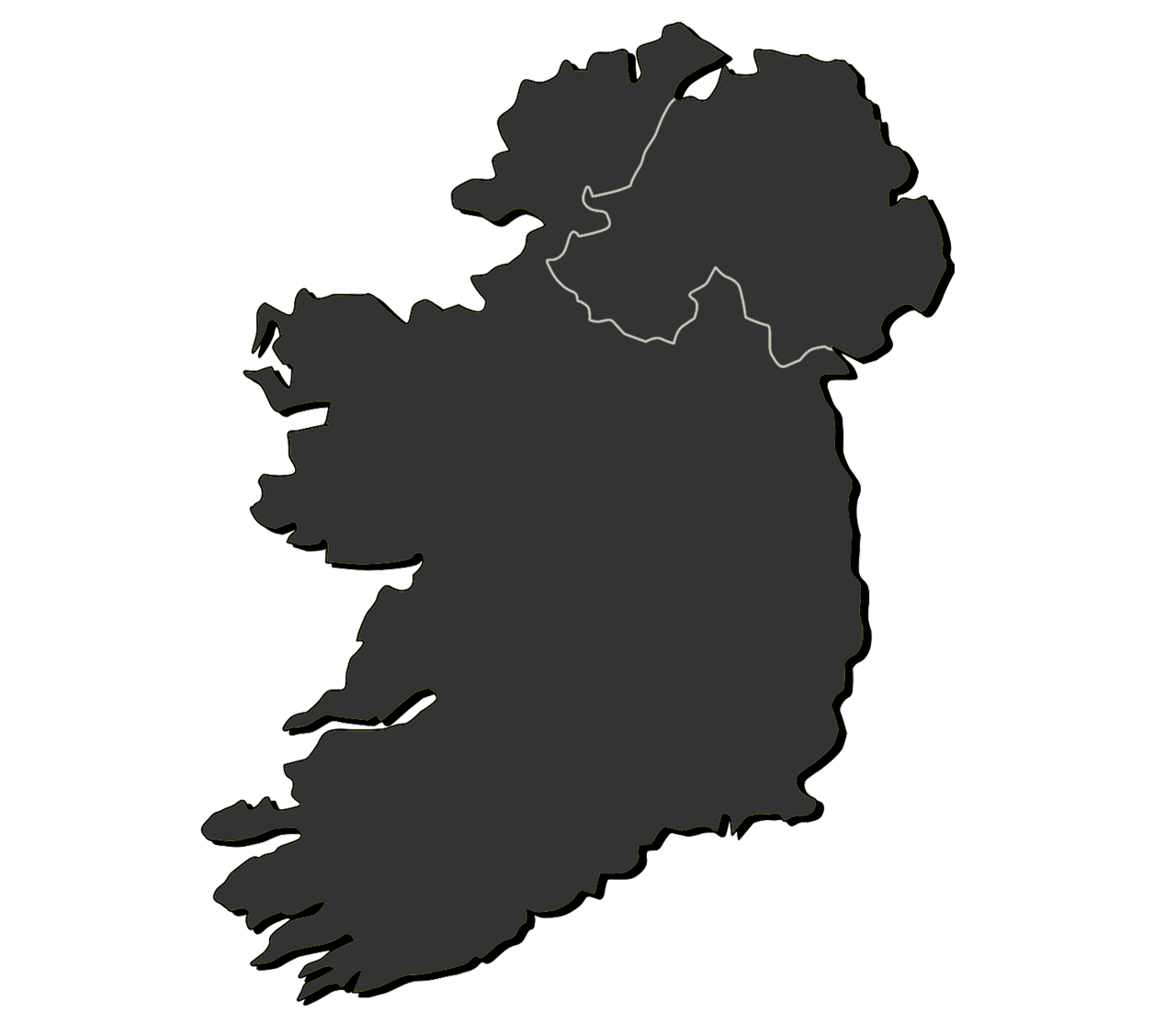
- Winter tires not mandatory
- Valid up to 3,5 tons vehicle weight
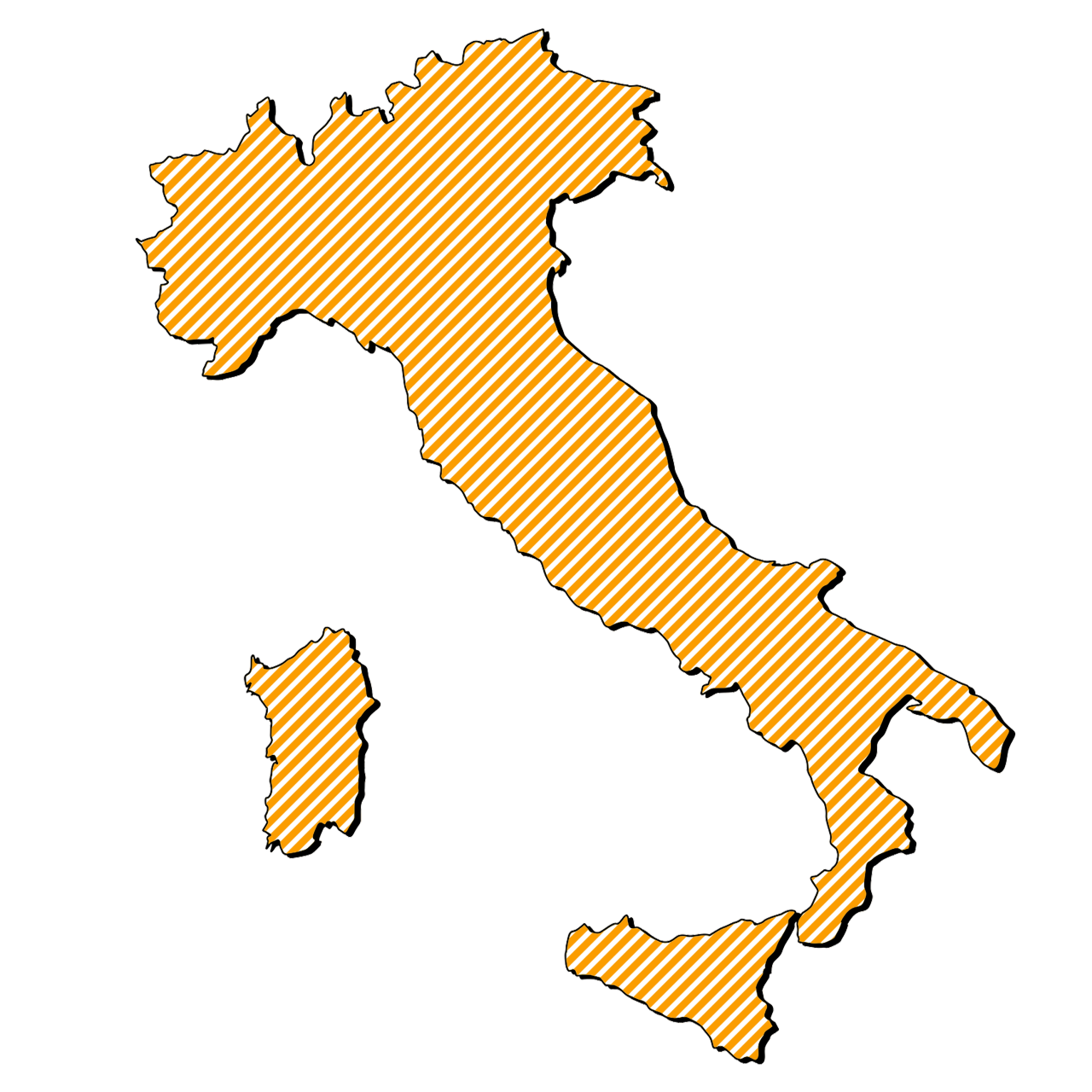
- Winter Tire Obligation in places from 15.11. - 15.04.
- Valid up to 3,5 tons vehicle weight
- M+S marking
- Extention: 1 month for mounting (15.10. - 15.11.) and 1 month for dismounting (15.04. - 15.05.)
- Min. tread depth 1,6 mm
- Winter Tires allowed in summer (16.05. - 14.10.) if the speed index is the same or higher of the one in the vehicle registration paper
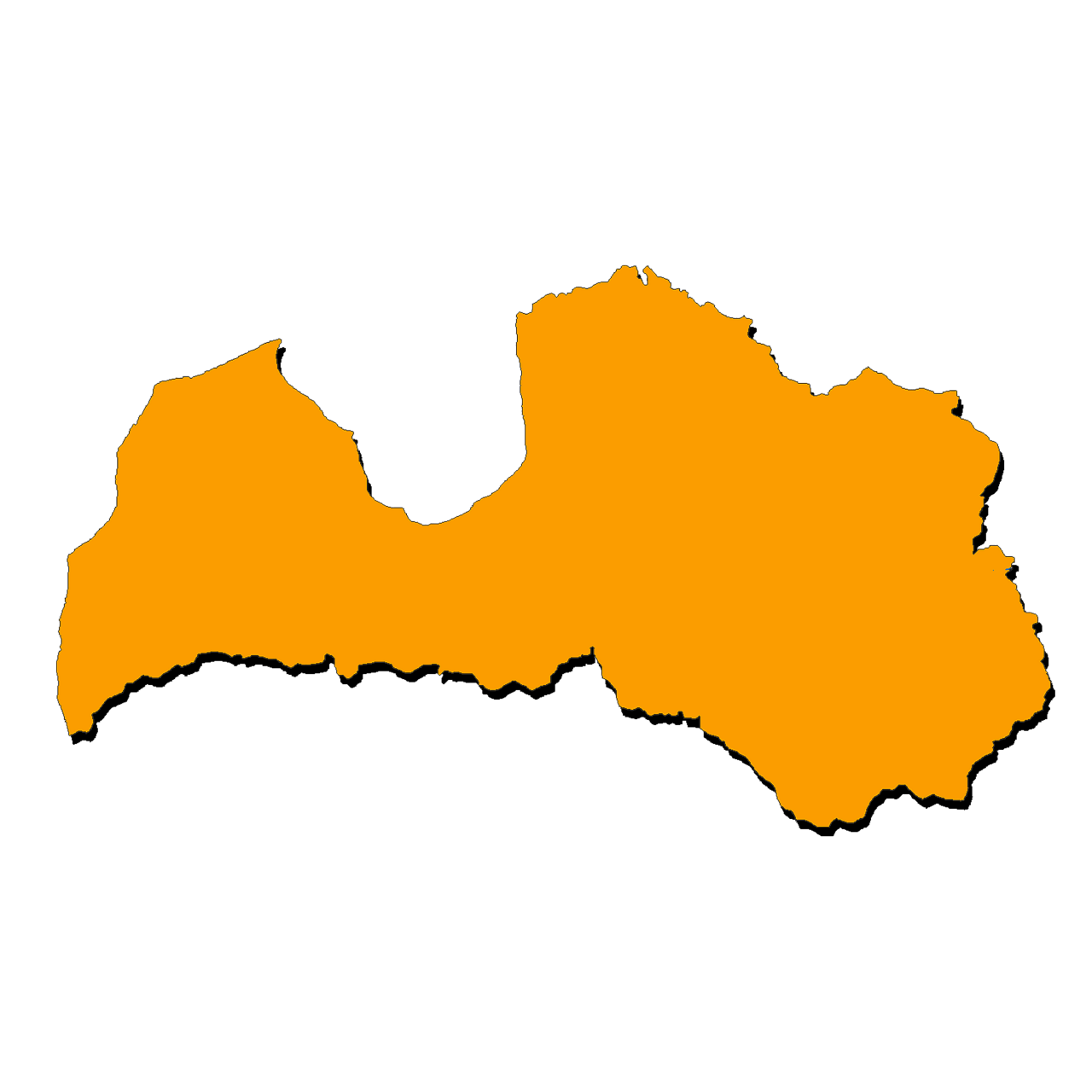
- Winter tires mandatory from 01.12. - 01.03.
- M+S marking
- Min. tread depth 4,0 mm
- Studded tires can be used from 01.10. - 01.05.
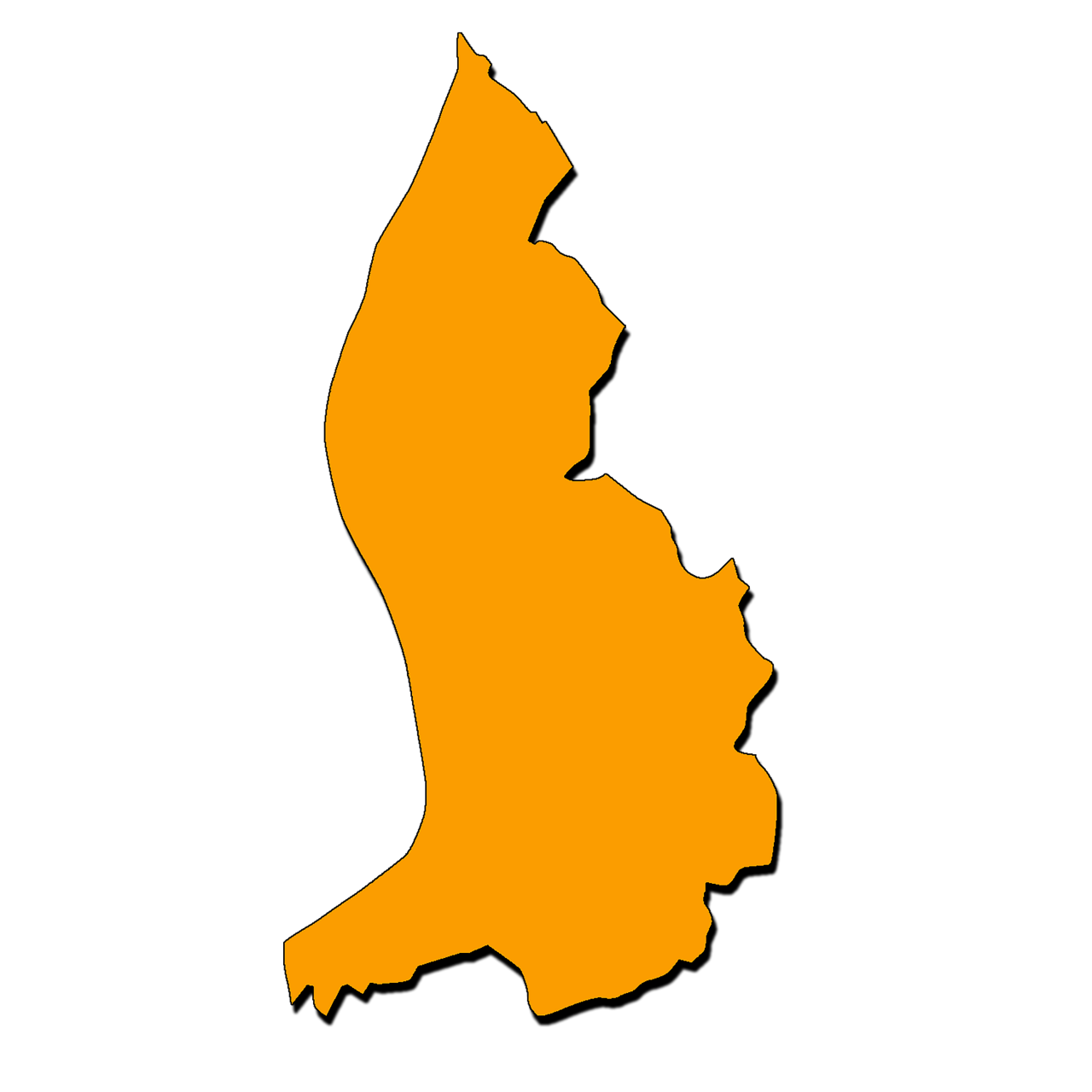
- No general winter tire regulations, regional regulations are possible in winter road conditions (f.e Pass-Roads)
- Min. tread depth for winter tires 1,6 mm
- In case of an accident with summer tires in wintry conditions, be aware of liability issues
- If authorities announce snow chain obligation, only snow chains are permitted (four-wheel drive may be excluded)
- Use of snow chains in case of respective road signs and conditions
- Studded tires are permitted for vehicles <7.5 t GVW between November 1 and April 30 or on snowcovered roads
- Max speed 80 km/h
- Vehicles with studded tires have to be labled with a sticker 80 km/h
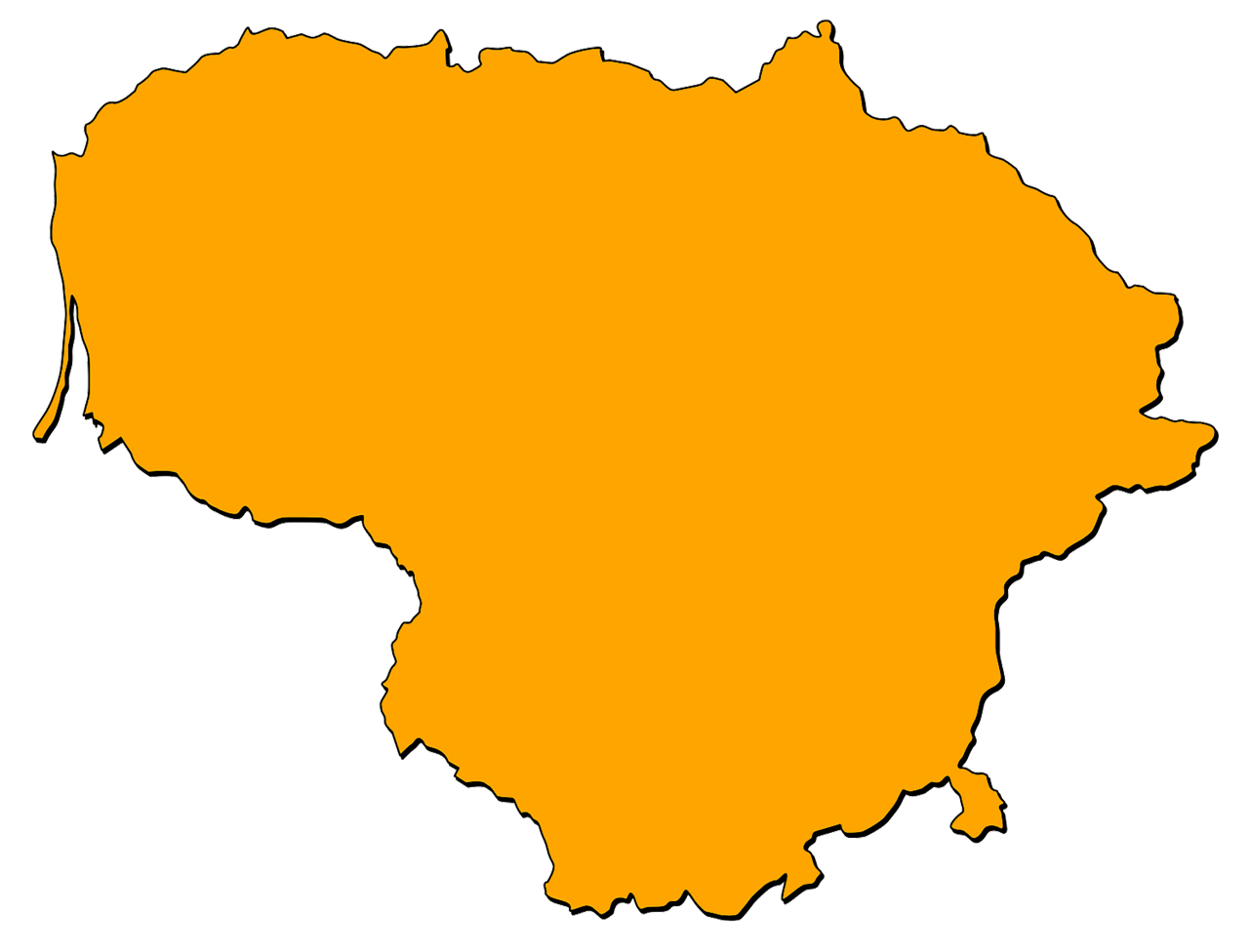
- Winter tires mandatory from 01.11. - 01.04.
- M+S marking
- Min. tread depth 1,6 mm
- Studded tires can be used as all other winter tires during the mandatory winter period
- Min. tread depth 3,0 mm
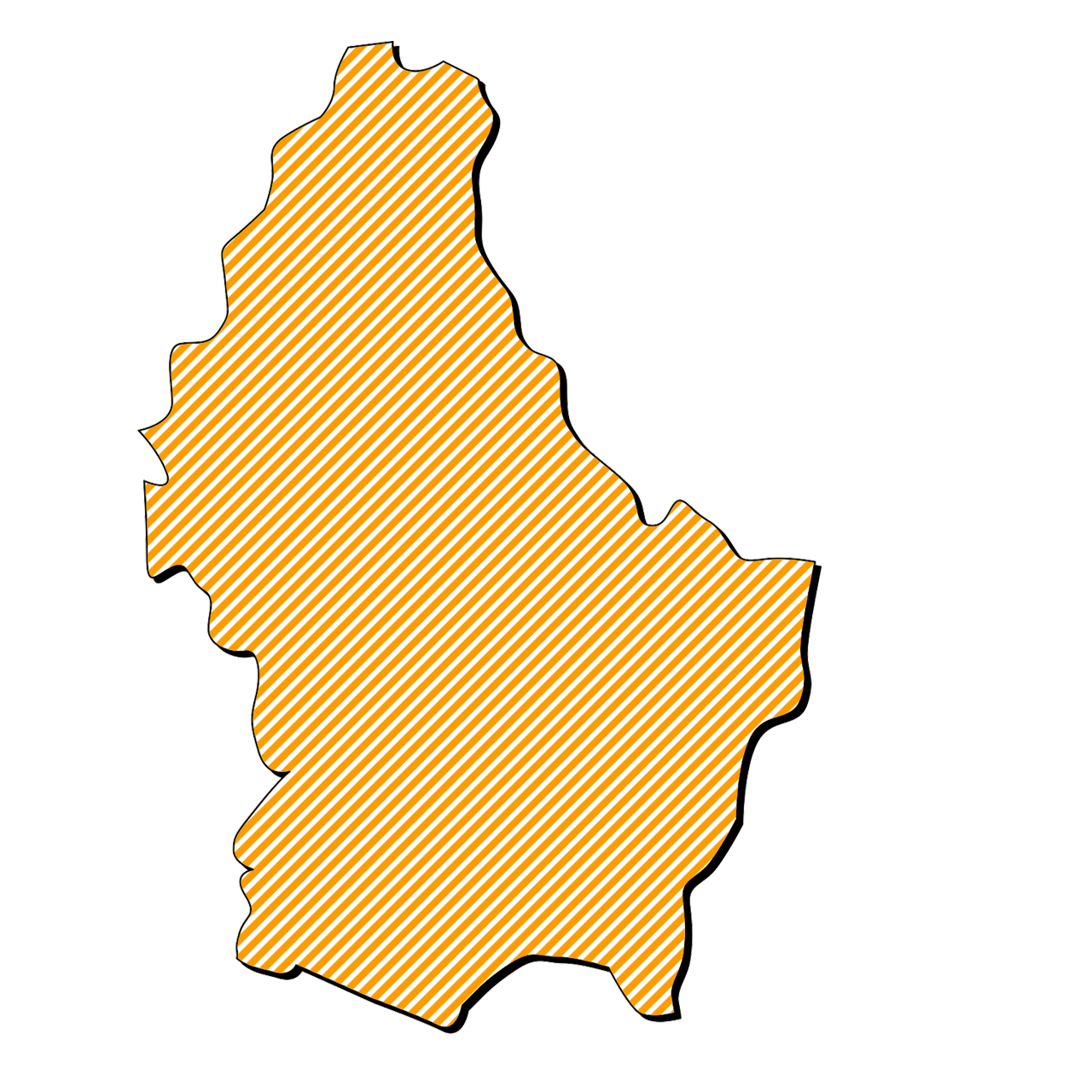
- Depending on winter weather conditions
- Valid up to 3,5 t vehicle weight
- M+S marking
- Min tread depth 1,6 mm
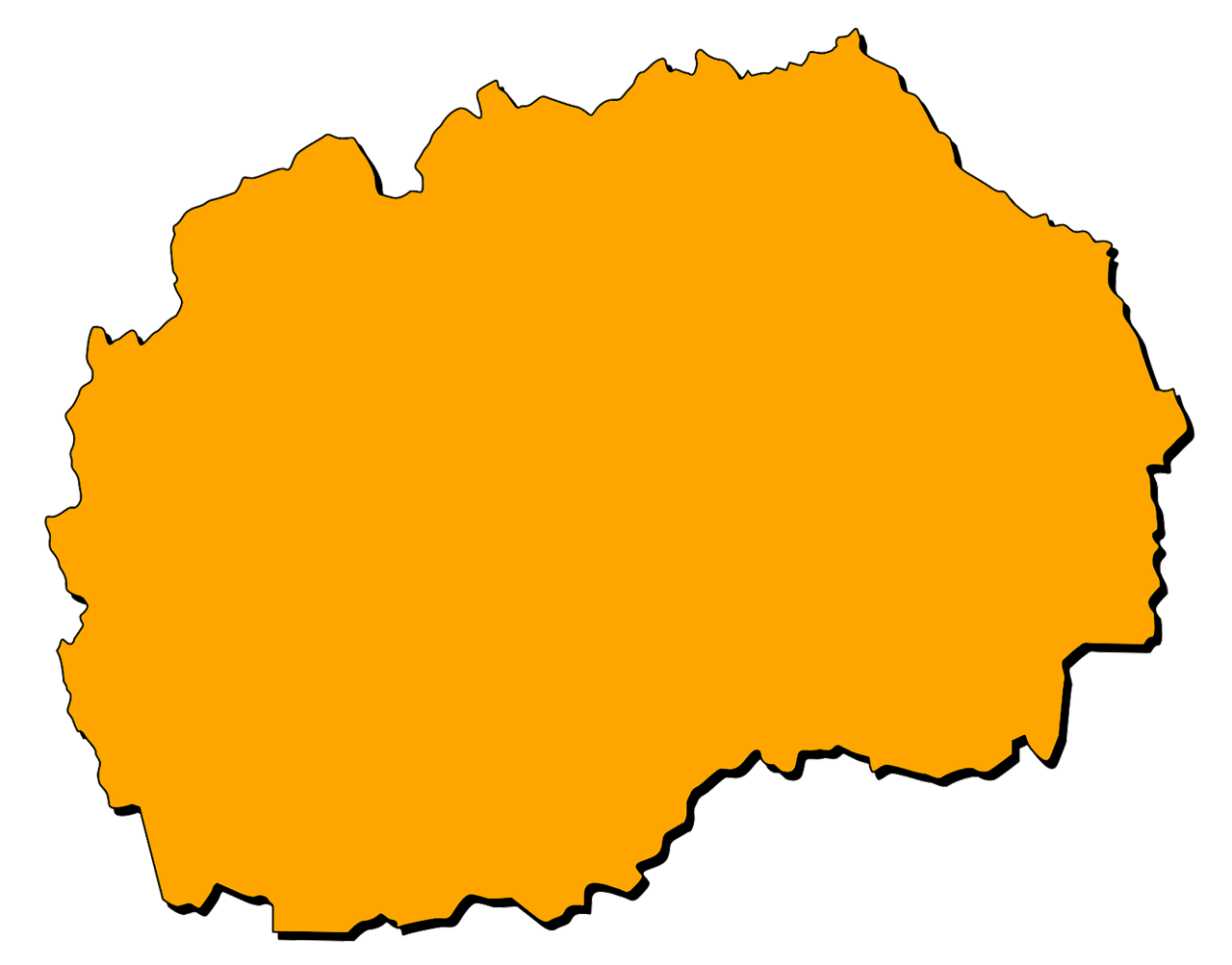
- Winter tires mandatory from 15.11.-15.03.
- M+S marking
- Min. tread depth 4,0 mm
- Studs not allowed
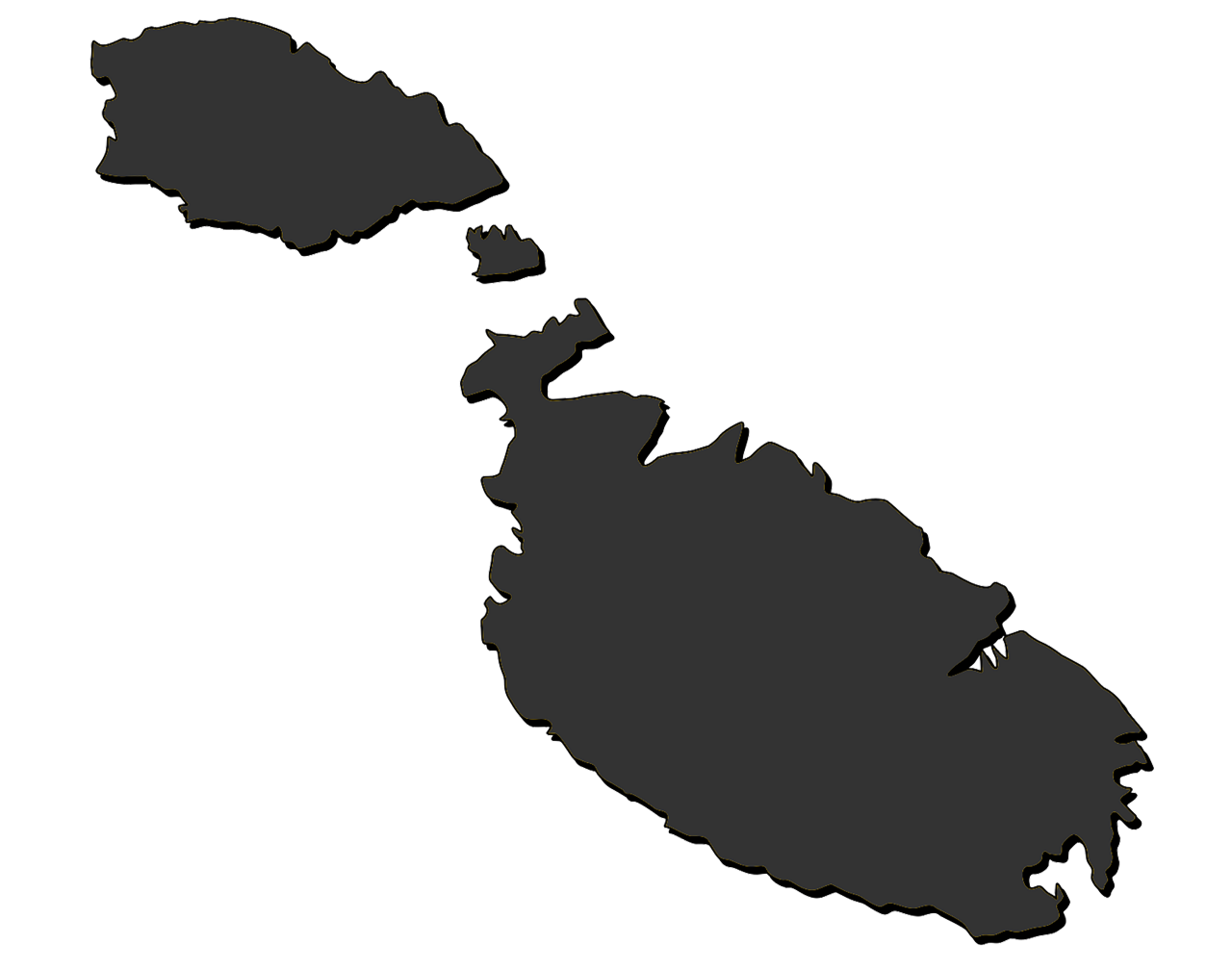
- Winter tires not mandatory
- Valid up to 3,5 tons vehicle weight
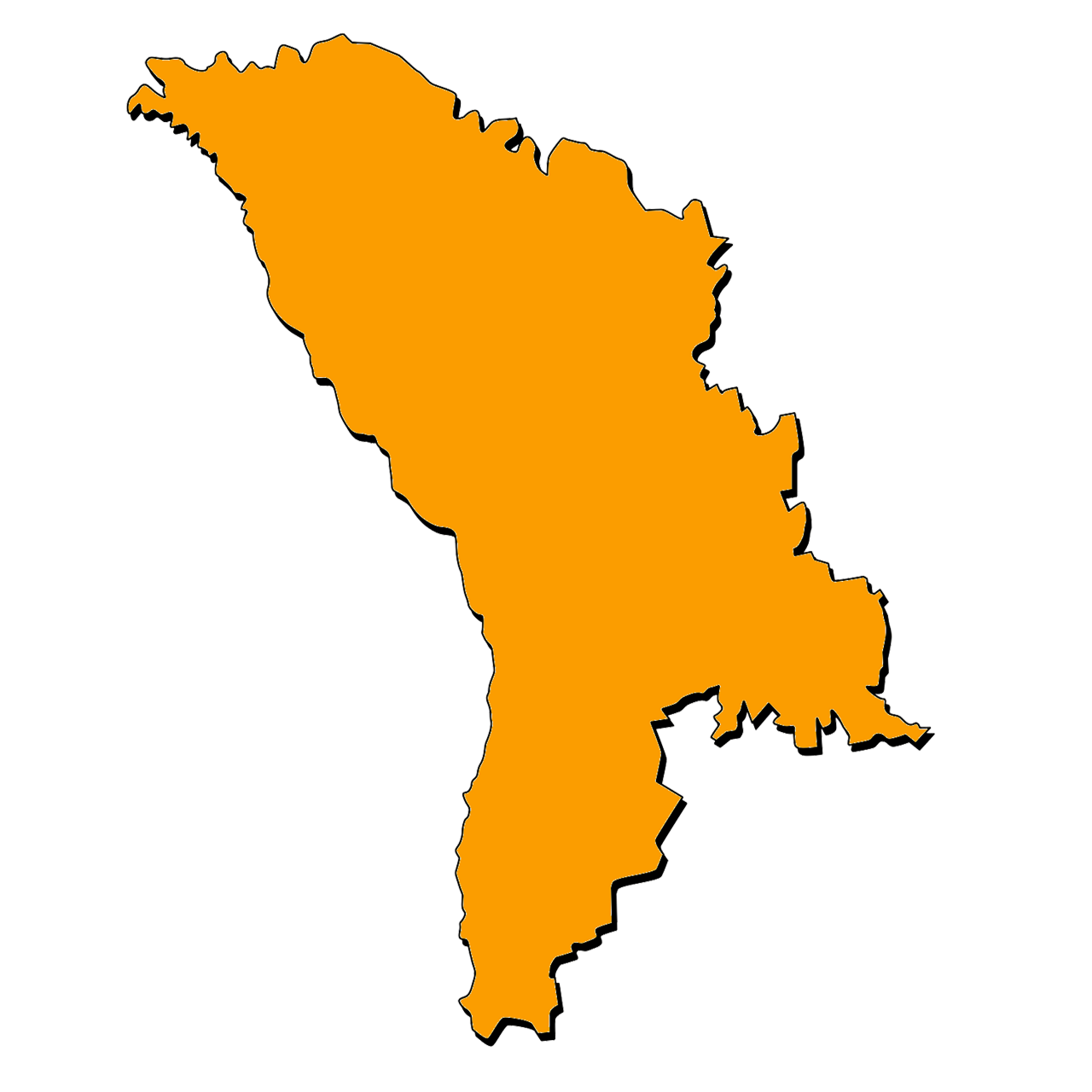
- Depending on winter weather conditions from 01.12. - 31.03.
- Valid up to 3,5 tons vehicle weight
- M+S marking
- Studs allowed from 01.12. - 01.03.
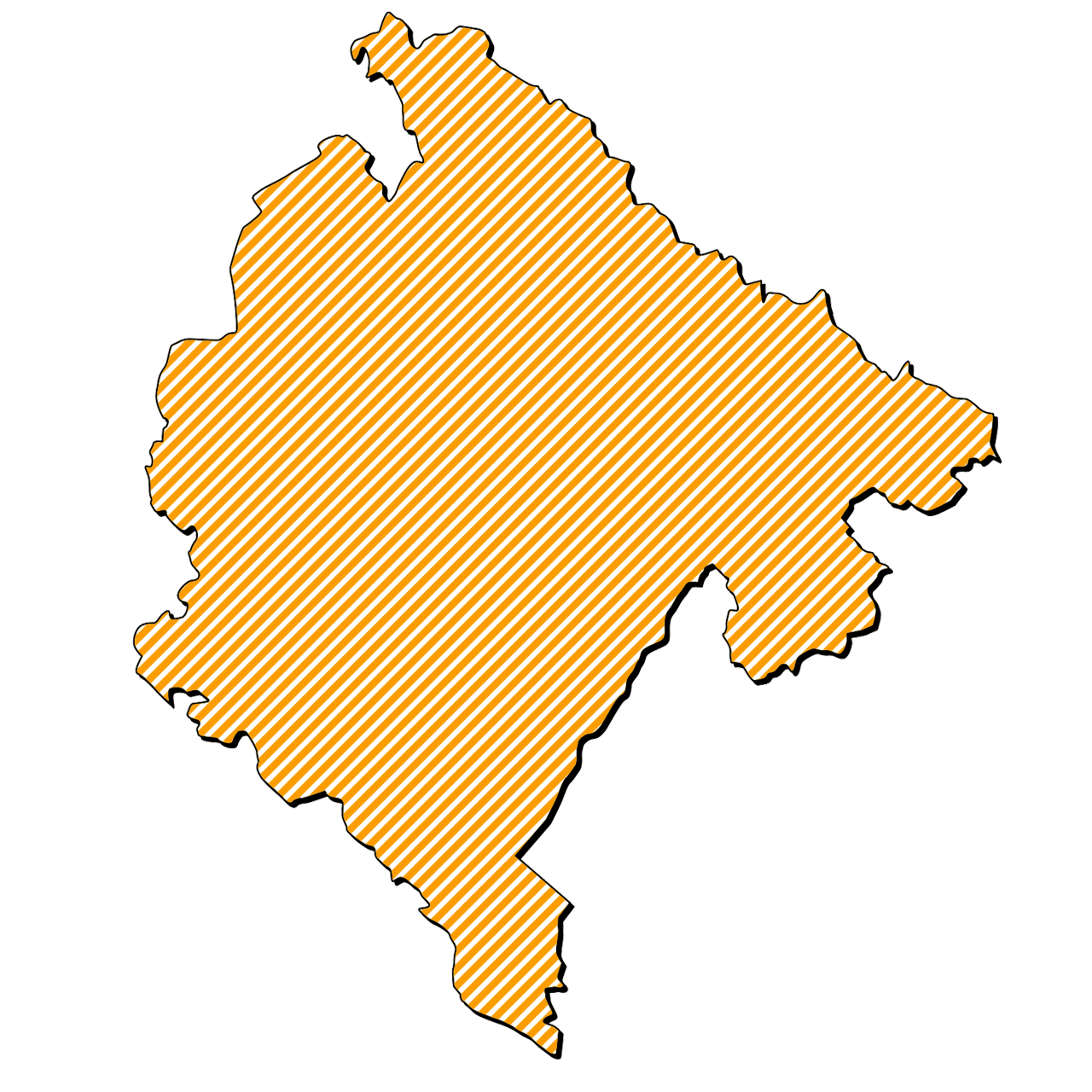
- Winter tires mandatory from 15.11. - 01.04.
- Winter tires mandatory up to 3,5 tons
- Min. tread depth 4,0 mm
- M+S marking
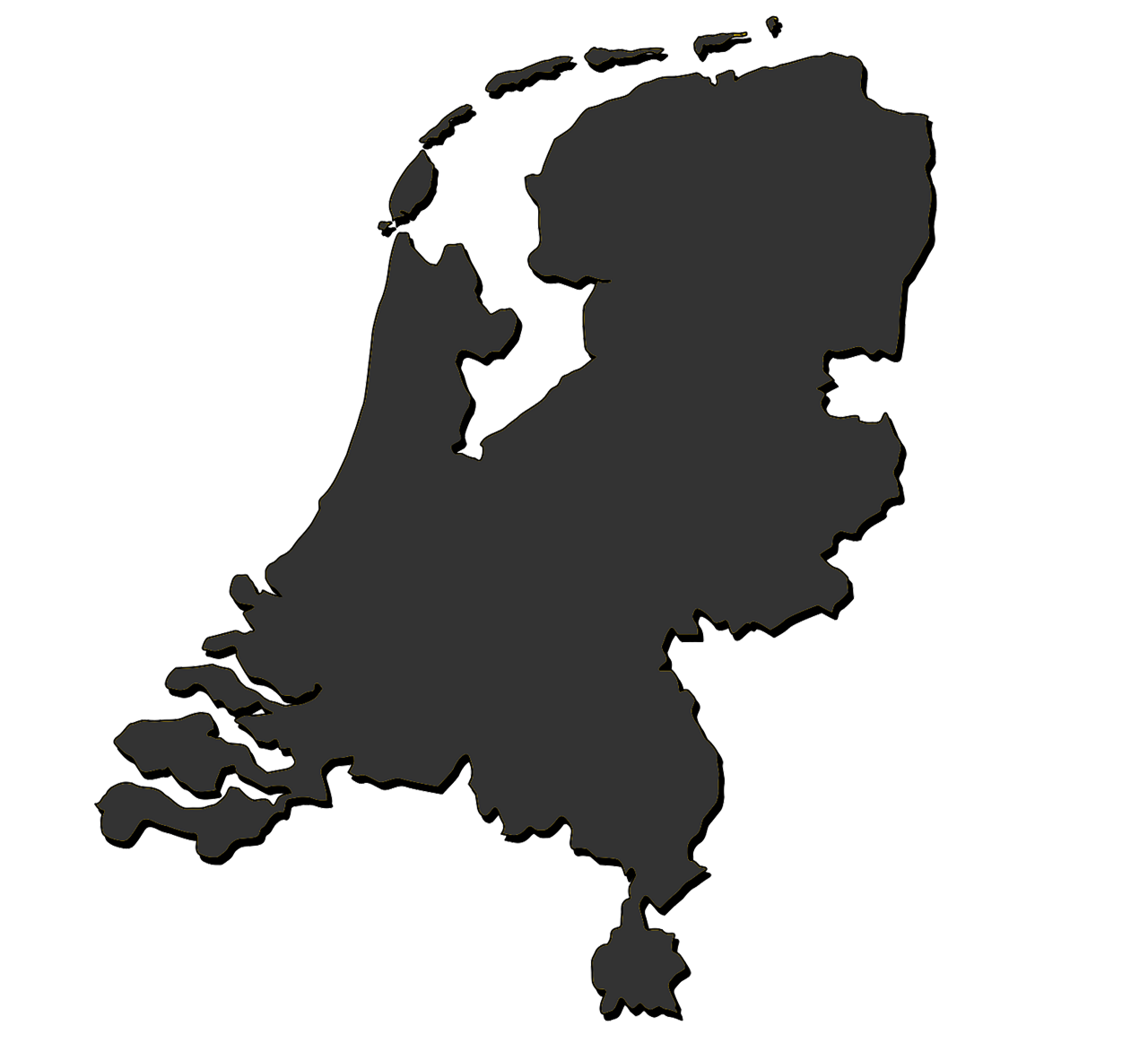
- Winter tires not mandatory
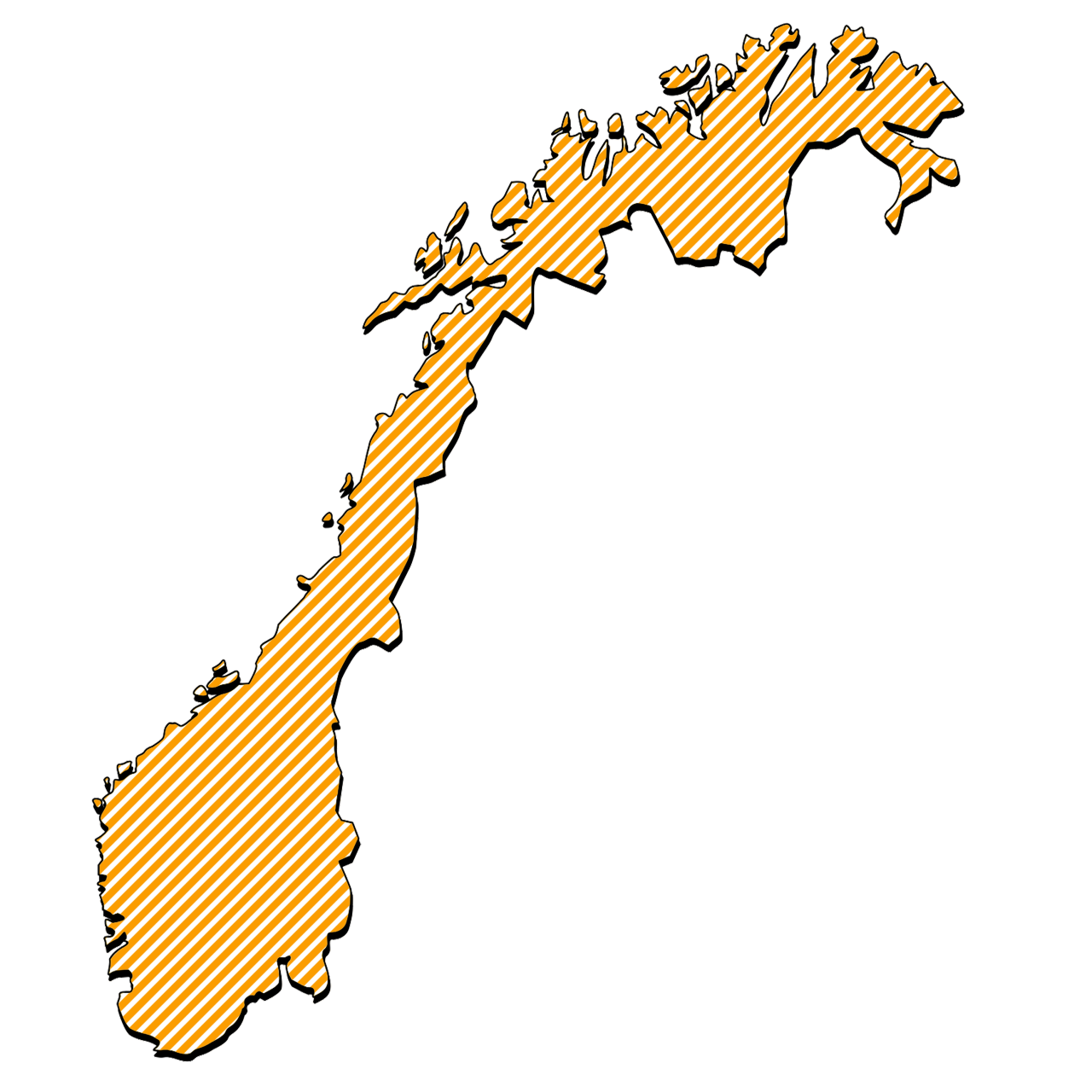
- Depending on winter weather conditions
- Valid up to 3,5 t vehicle weight
- M+S especially developed for winter use and / or Alpine symbol (3PMSF)
- Min. tread depth 3,0 mm
- Studded tires allowed
- From 01.11. to 1st Monday after Easter in the South
- From 15.10. to 30.04. in the North
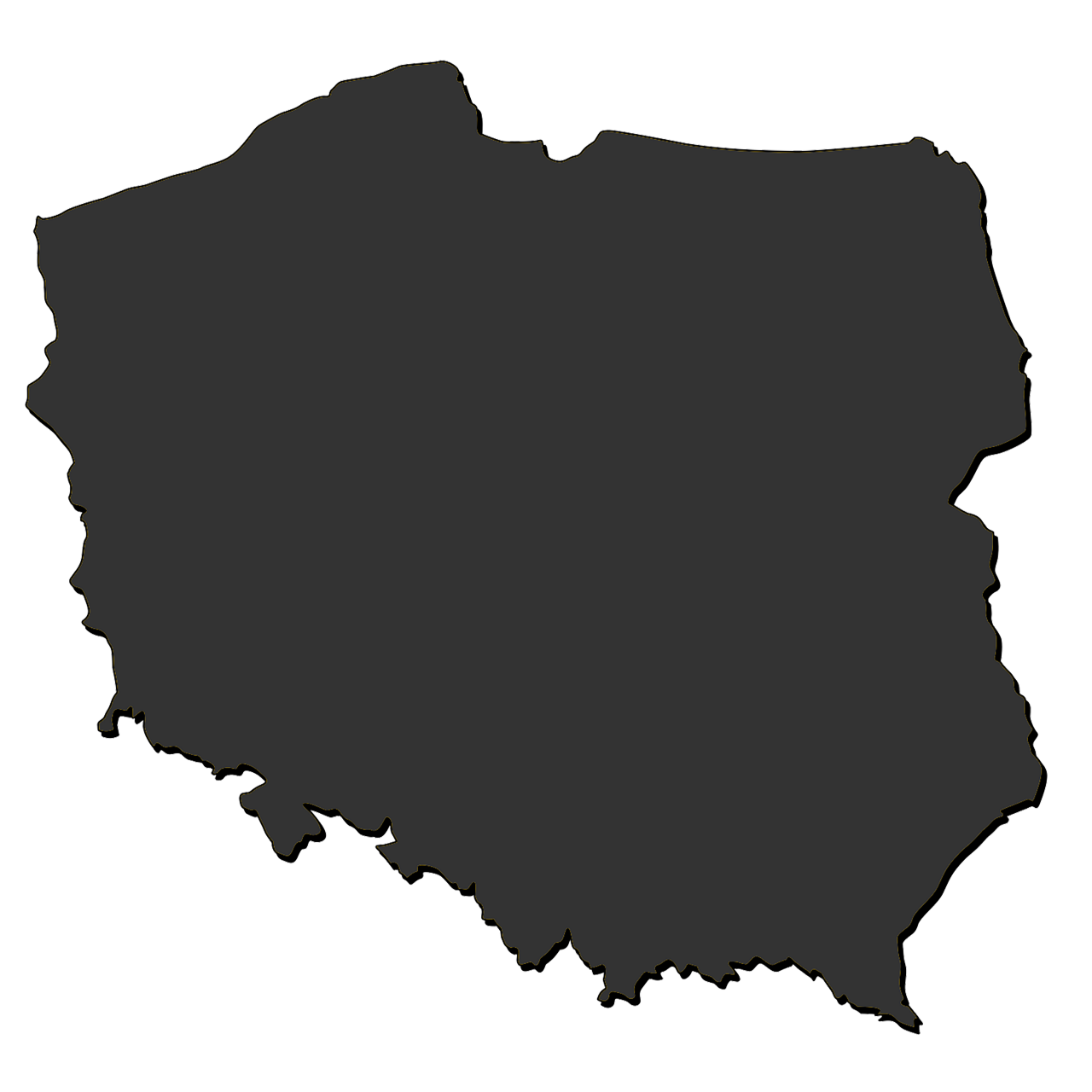
- Winter tires not mandatory
- Valid up to 3,5 t vehicle weight
- Snow chains only allowed on roads covered with snow and ice
- Studded tires not allowed
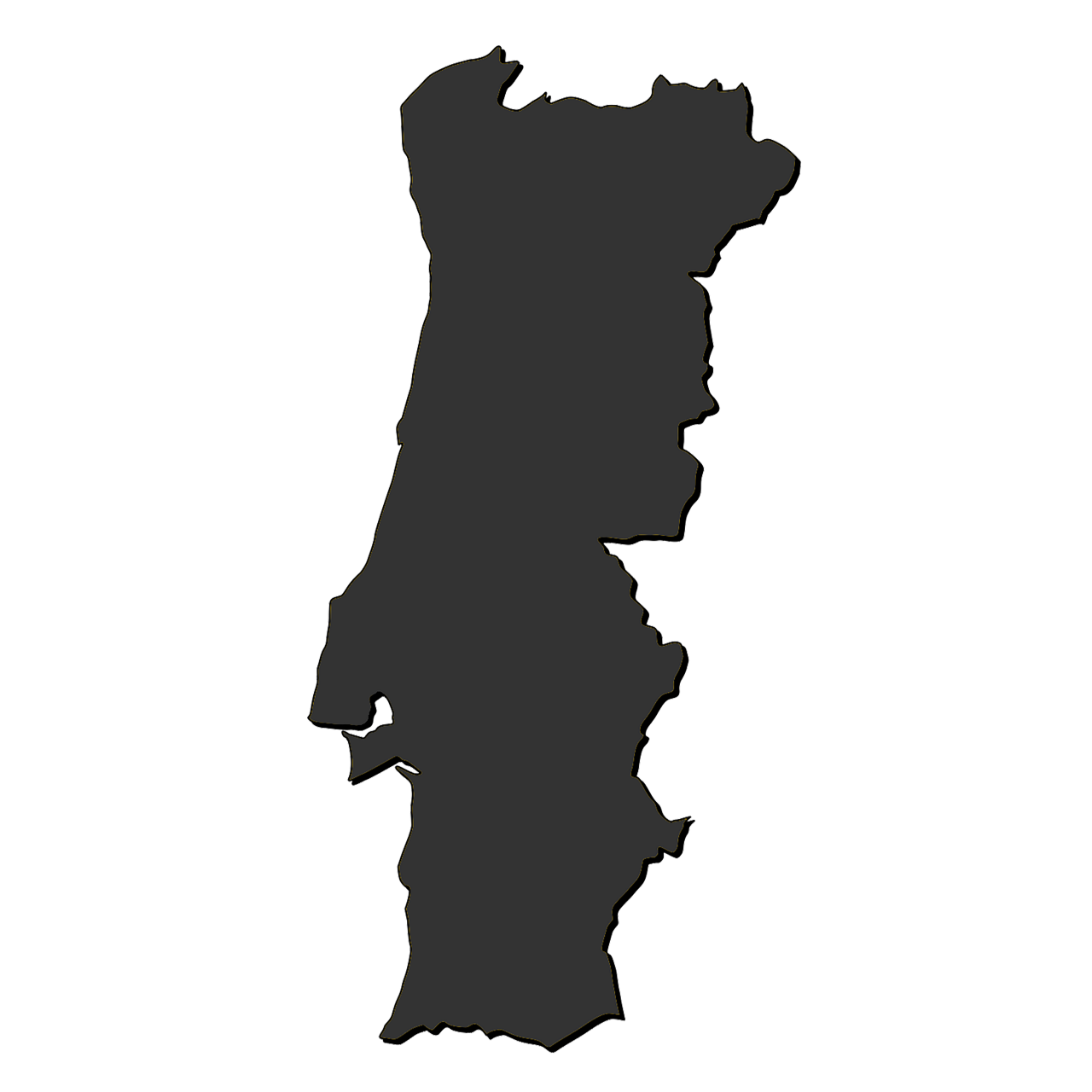
- Winter tires not mandatory
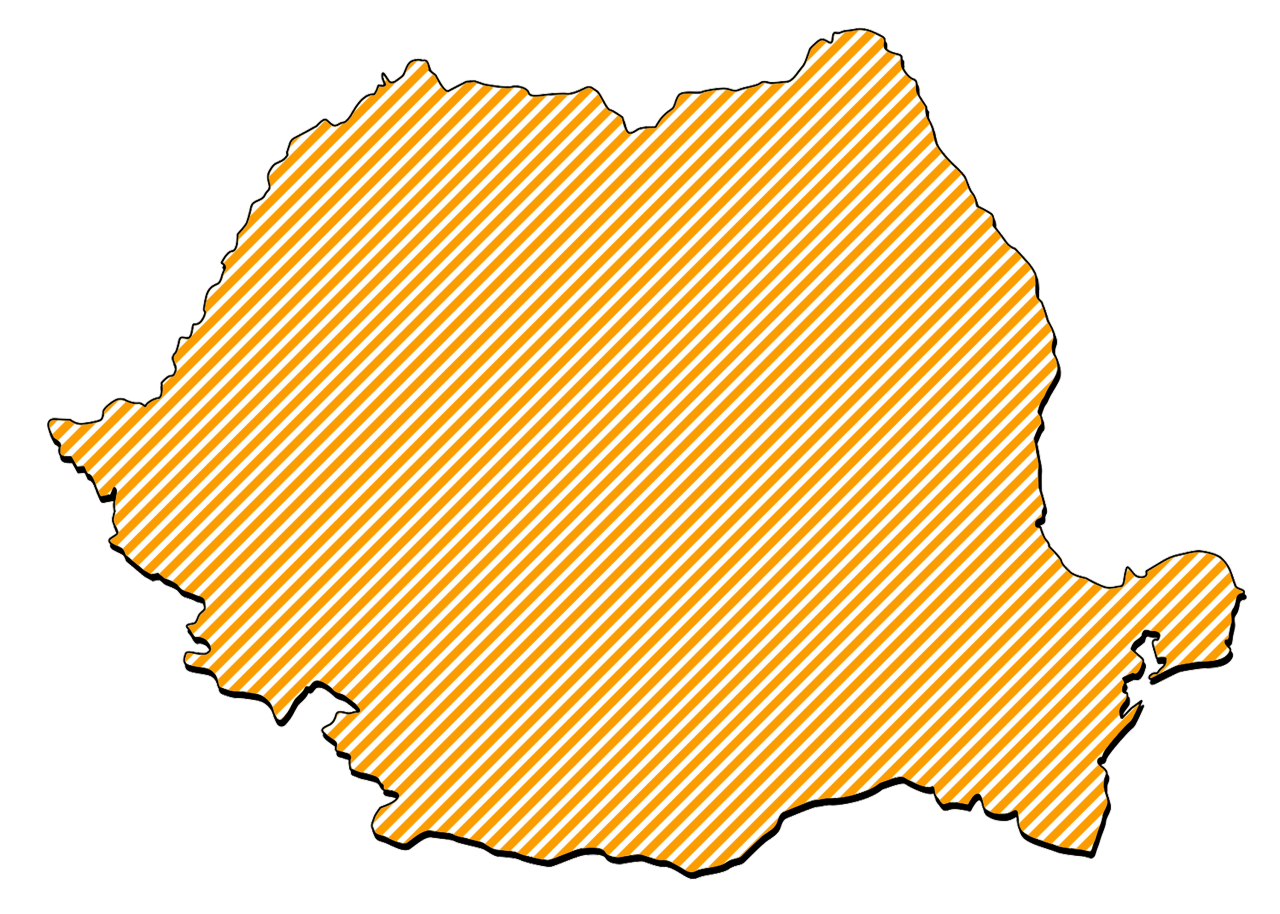
- Depending on winter weather conditions
- Valid up to 3,5 tones vehicle weight
- M+S marking
- Min. tread depth 1,6 mm
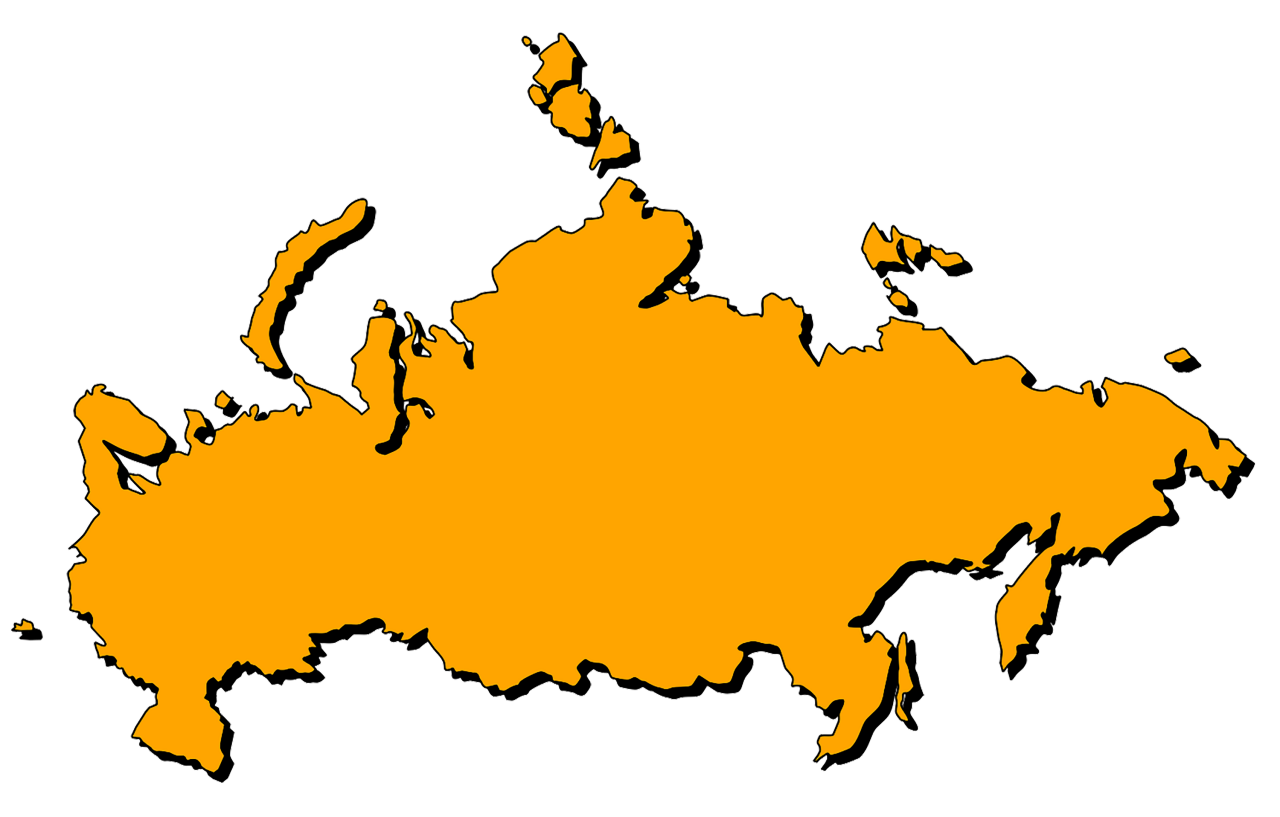
- Winter tires mandatory from 1.12. - 28.02.
- M+S marking as well as Alpine symbol (3PMSF)
- Min. tread depth 4,0 mm
- If using studded tires, they have to be on all positions
- Winter tires have to be mounted on all positions
- Studs are forbidden from 01.07. - 30.09.
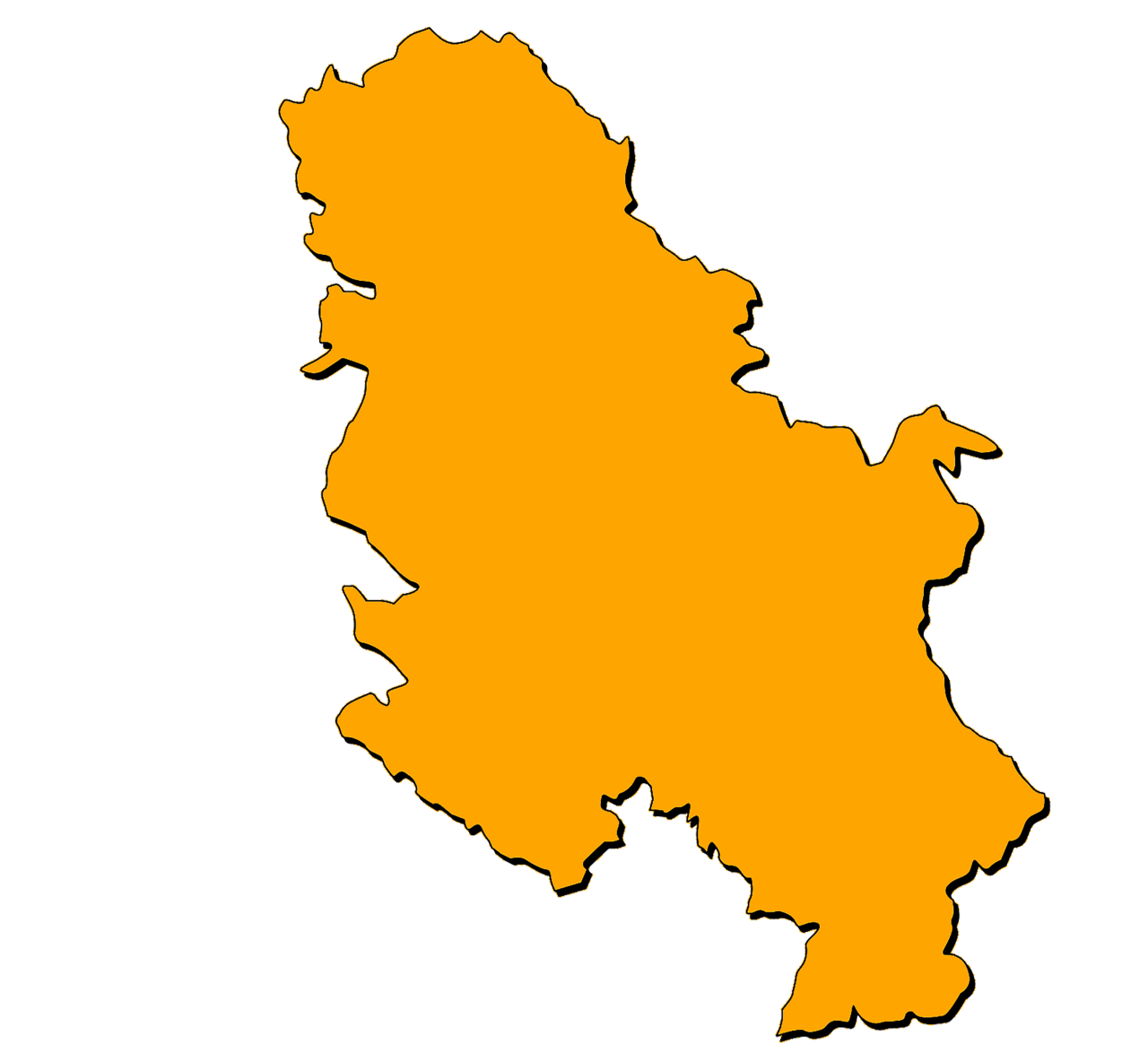
- Depending on winter weather conditions
- From 1.11. - 01.04.
- Winter tires are mandatory up to 3,5 tons
- M+S marking
- Min. tread depth 4,0 mm
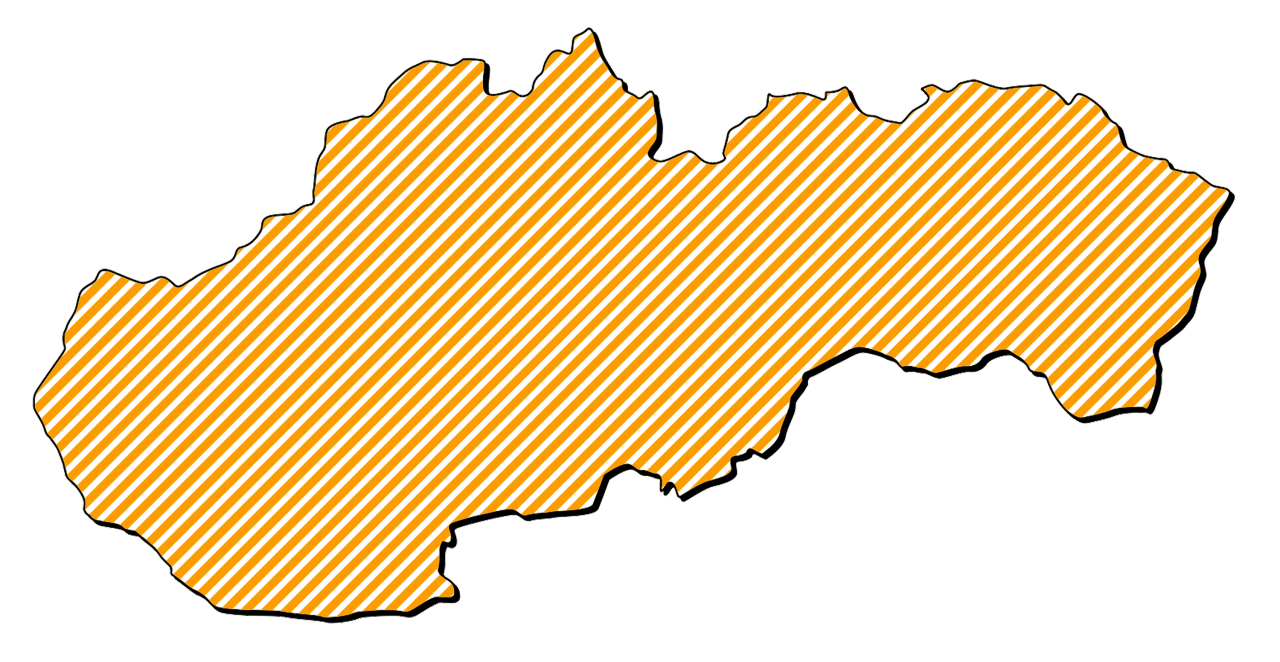
- Depending on winter weather conditions
- From 15.11. - 31.3.
- Valid up to 3,5 t vehicle weight
- M+S marking
- Min. tread depth 3,0 mm
- Snow chains must be used if signs indicate and can be used if winter condition
- Forbidden to use spike tires
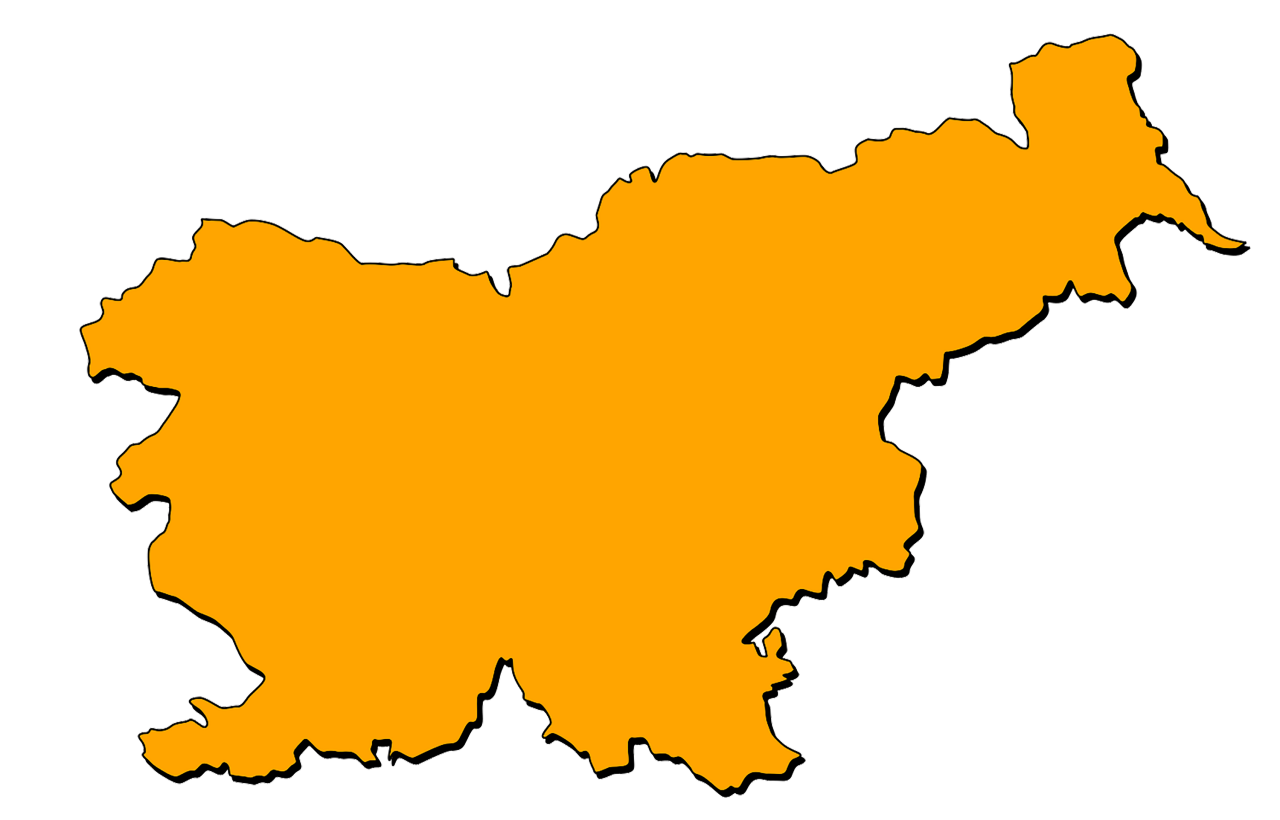
- Winter tires mandatory from 15.11.-15.03.
- Valid up to 3,5 tons vehicle weight
- M+S marking
- Min. tread depth 3,0 mm
- Studs not allowed
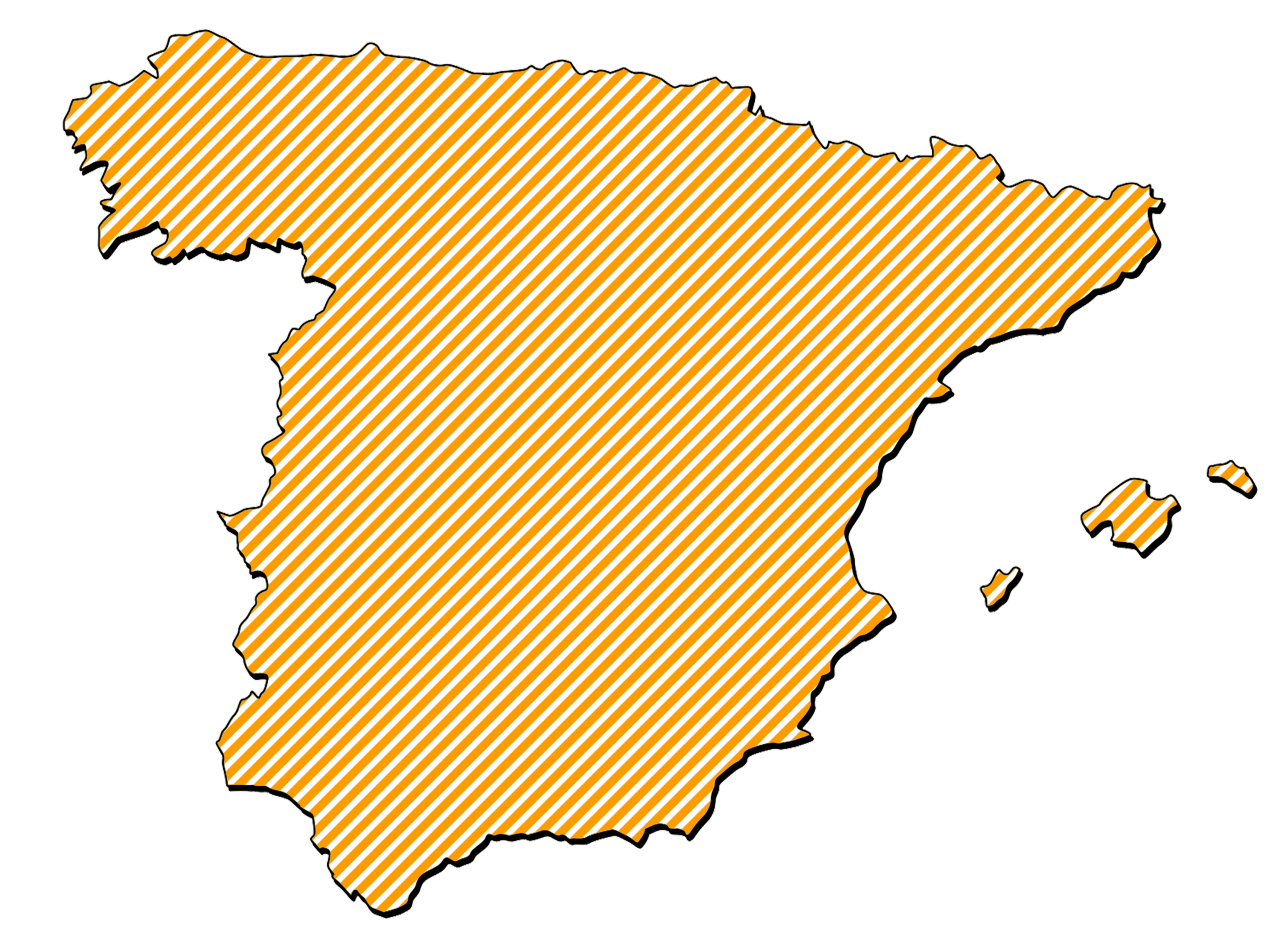
- Neumáticos de invierno no obligatorios
- Hasta 3,5 t
- Profundidad mínima del dibujo 1,6 mm
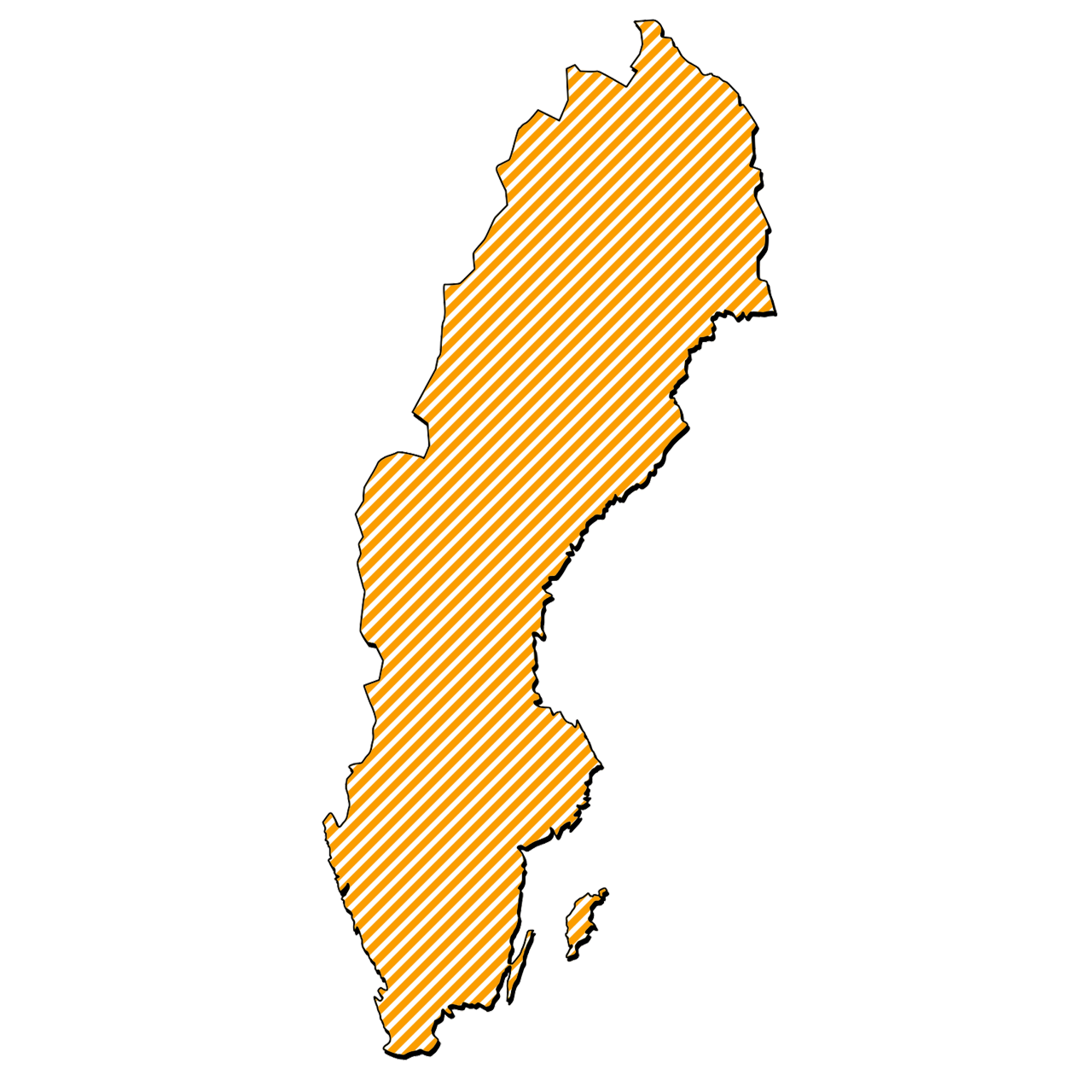
- Depending on winter weather conditions from 01.12. - 31.03.
- Valid up to 3,5 tons vehicle weight
- M+S marking
- Min. tread depth 3,0 mm
- Studded tires allowed from 01.11. – 15.4.
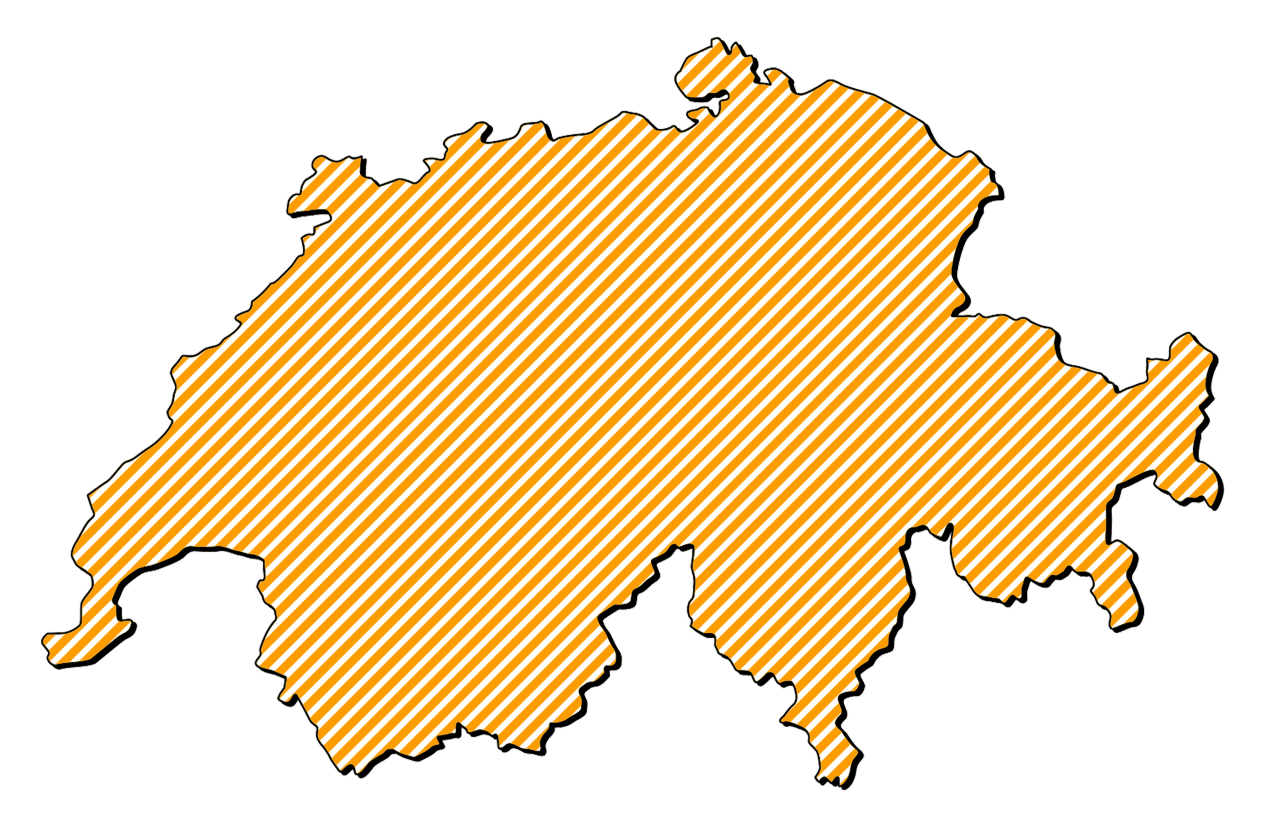
- No general winter tire regulations, regional regulations are possible in winter road conditions (f.e mountain passes)
- Min. tread depth for winter tires 1,6 mm
- In case of an accident with summer tires in wintry conditions, be aware of liability issues
- If authorities announce snow chain obligation, only snow chains are permitted (four-wheel drive may be excluded)
- Use of snow chains in case of respective road signs and conditions
- Studded tires are permitted for vehicles <7,5 t GVW between 01.11. 30.04. or on snowcovered roads
- Max speed 80 km/h
- Vehicles with studded tires have to be labled with a sticker 80 km/h
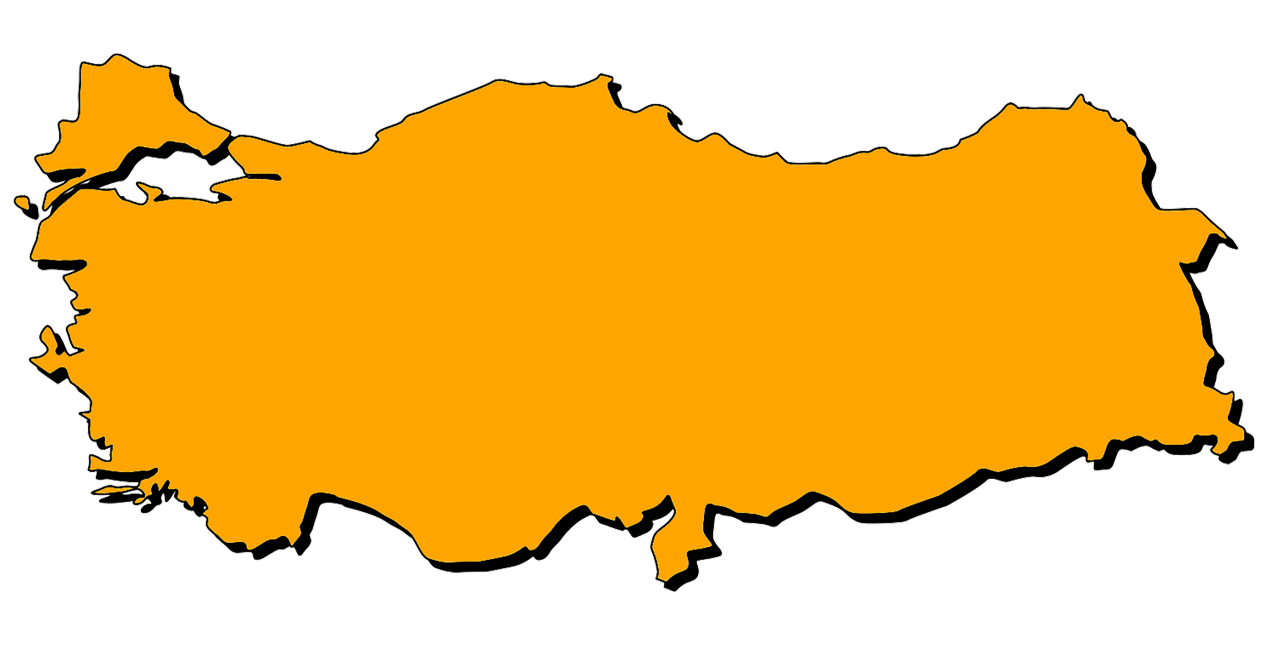
- Winter tires are mandatory from 01.12. - 01.04.
- Valid for just commercial vehicles (including taxi, light trucks, trucks, buses)
- Min. tread depth 1,6 mm
- M+S marking
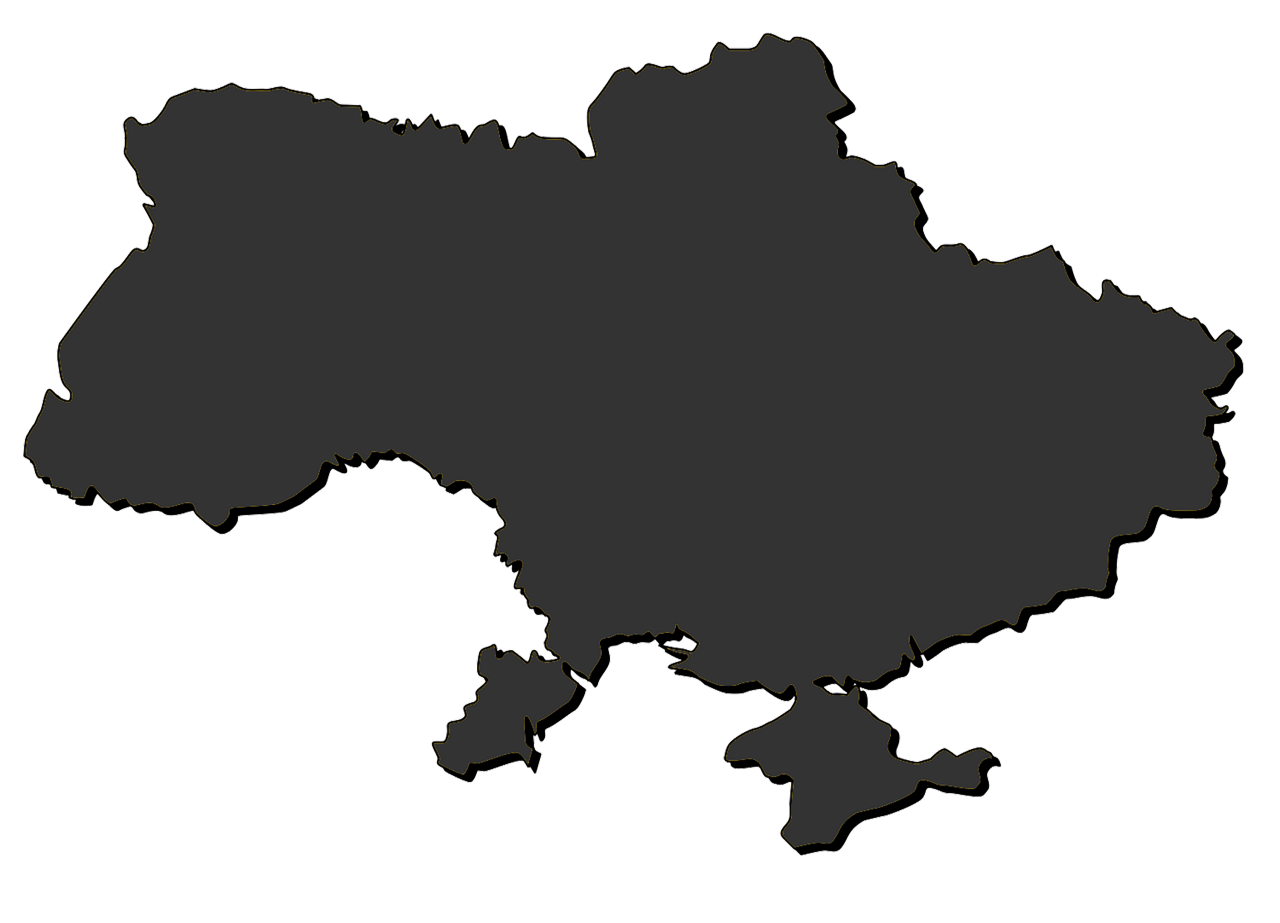
- Winter tires not mandatory
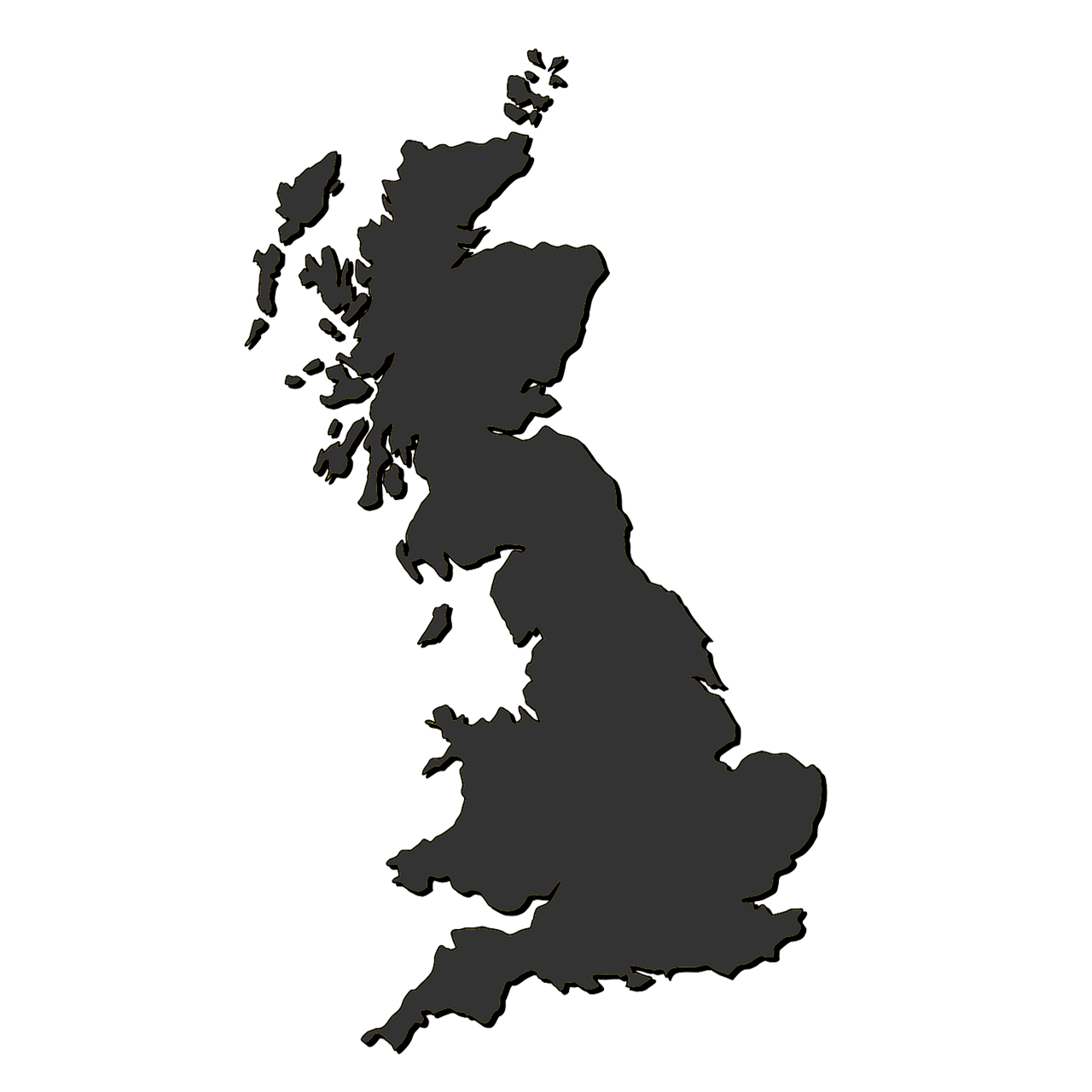
- Winter tires not mandatory
- Valid up to 3,5 tons vehicle weight
Este manual constituye una oferta de servicio de buena fe de Continental que refleja décadas de experiencia y se revisa continuamente. Sin embargo, no representa una fuente oficial para la información relevante.
Continental no realiza, ni disputa expresamente, ninguna representación o garantía (expresa o implícita) en cuanto a que la información aquí contenida sea precisa, completa o actualizada.
En consecuencia, Continental no tendrá ninguna responsabilidad derivada del uso de esta información o de cualquier error, omisión o declaración equivocada expresada o realizada por cualquiera de ellos.
Contenido relacionado
-
 2025/05/07Conti360 ° Solutions es la gestión integral de neumáticos de Continental para flotas. Nos ocupamos de tus neumáticos para que tú no tengas que hacerloConti360°Leer más
2025/05/07Conti360 ° Solutions es la gestión integral de neumáticos de Continental para flotas. Nos ocupamos de tus neumáticos para que tú no tengas que hacerloConti360°Leer más -
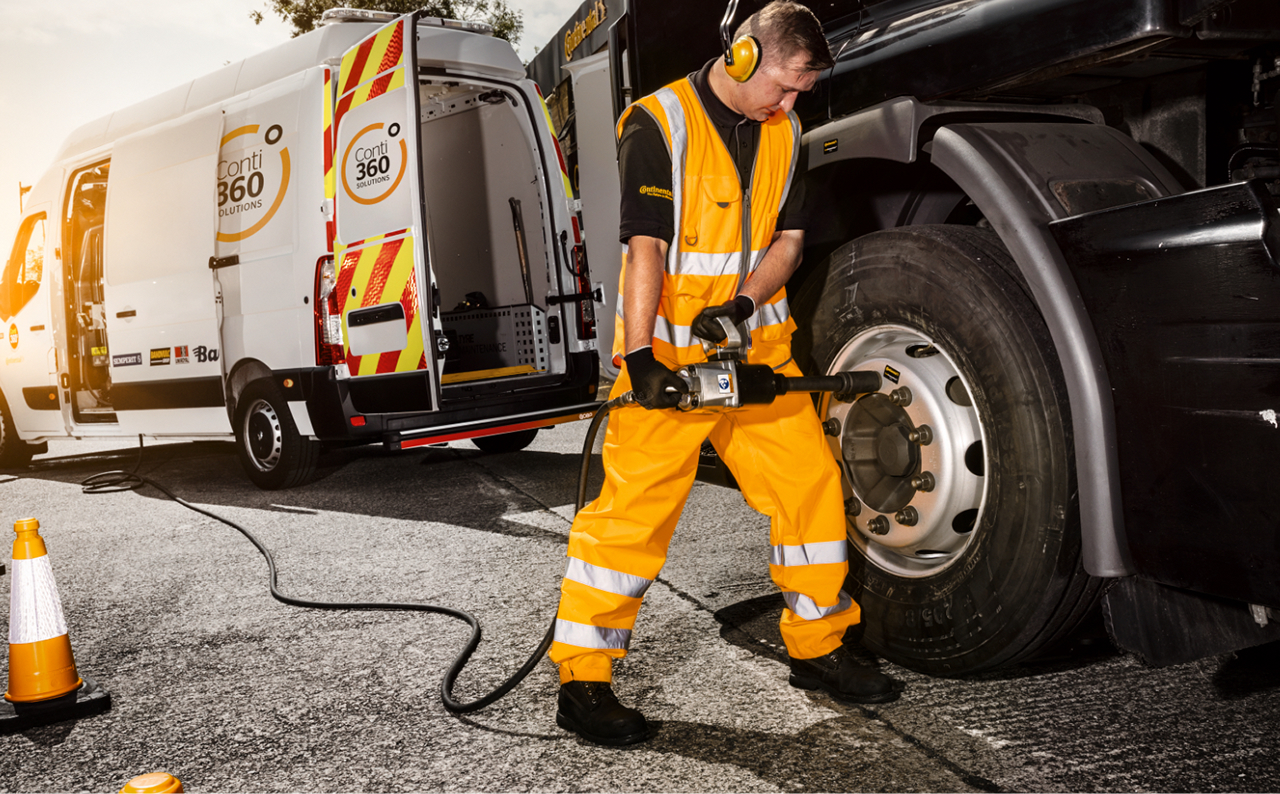 2025/05/07Una vez en la carretera, y más que en cualquier otro lugar, el tiempo es esencial.Servicio de averíasLeer más
2025/05/07Una vez en la carretera, y más que en cualquier otro lugar, el tiempo es esencial.Servicio de averíasLeer más